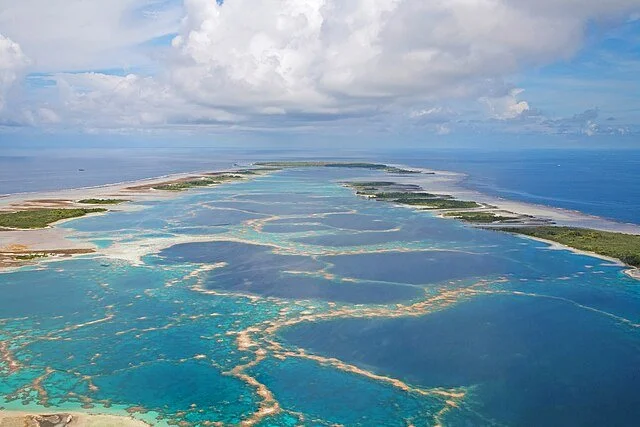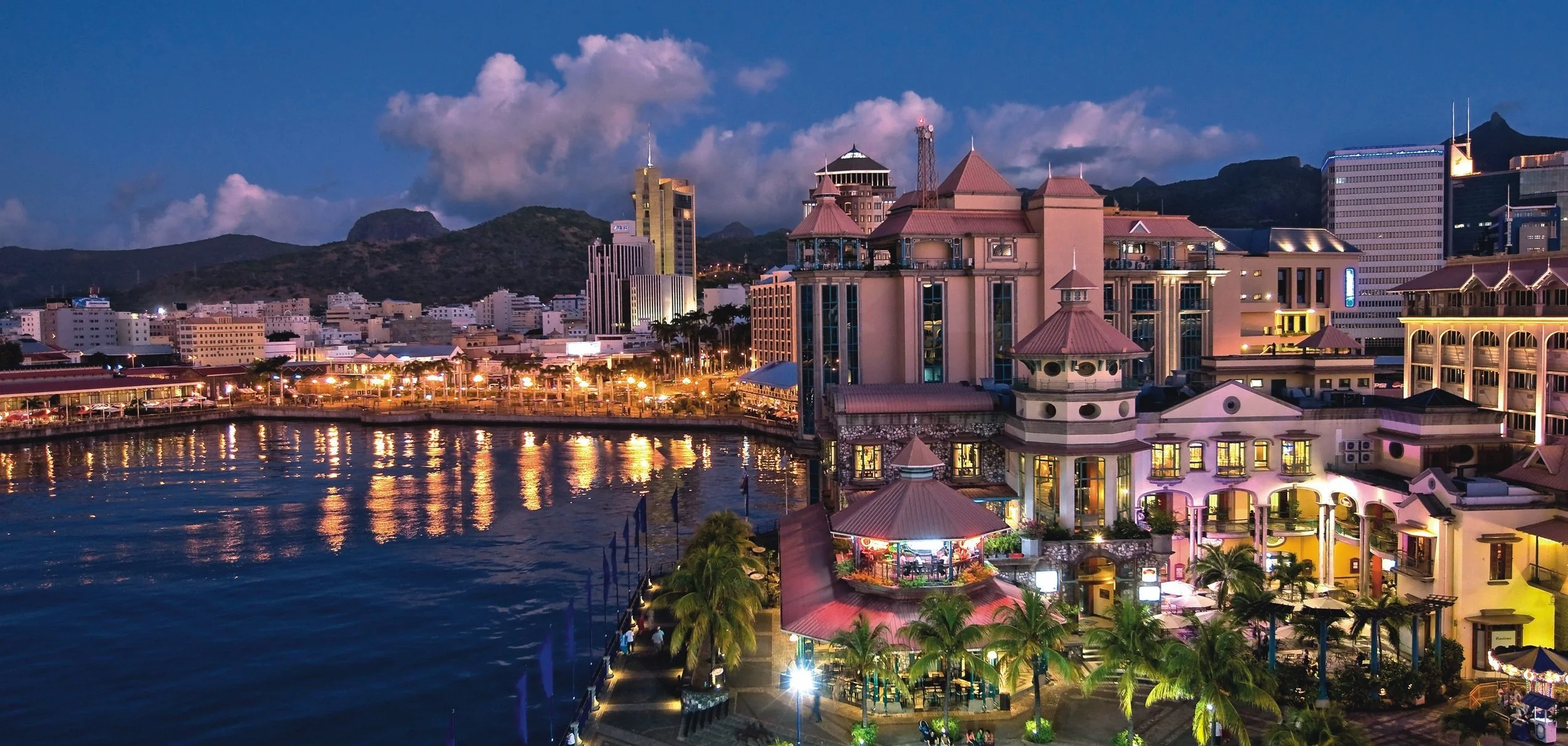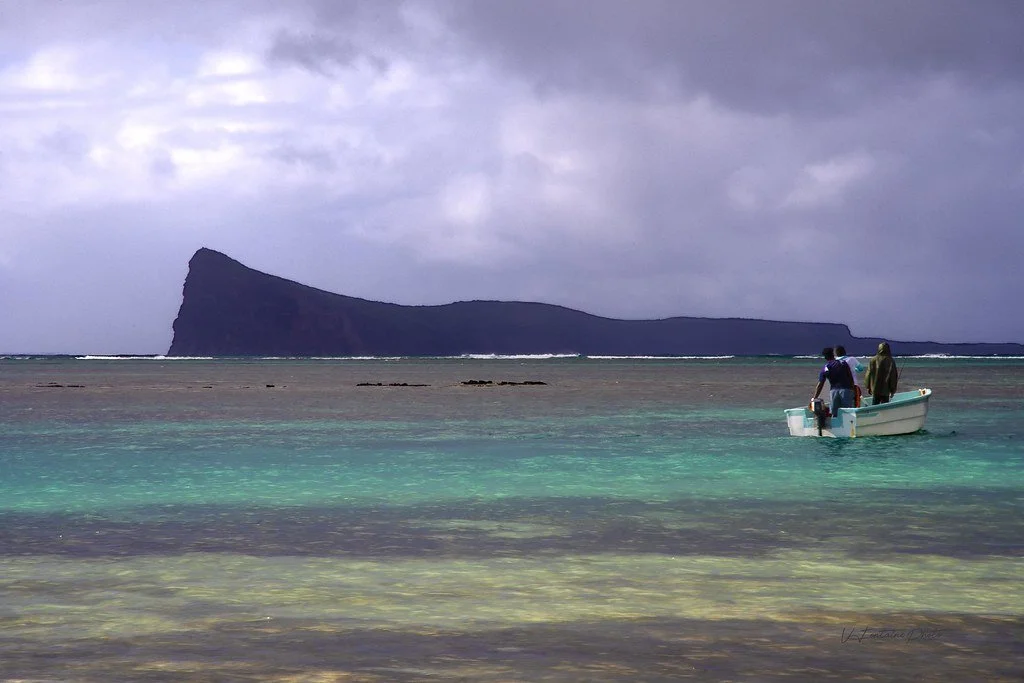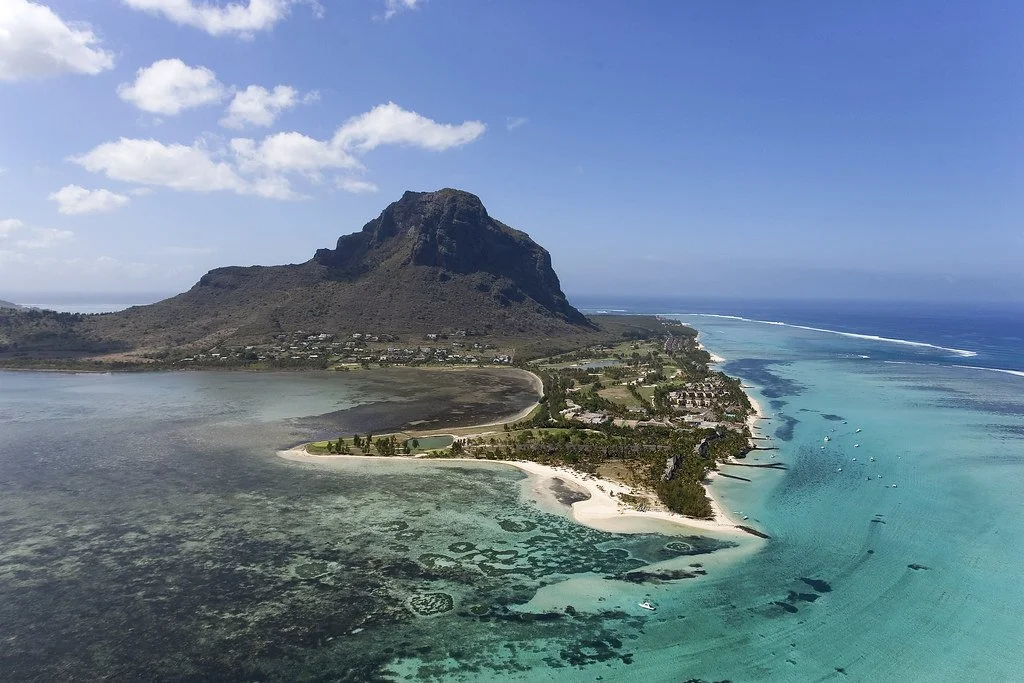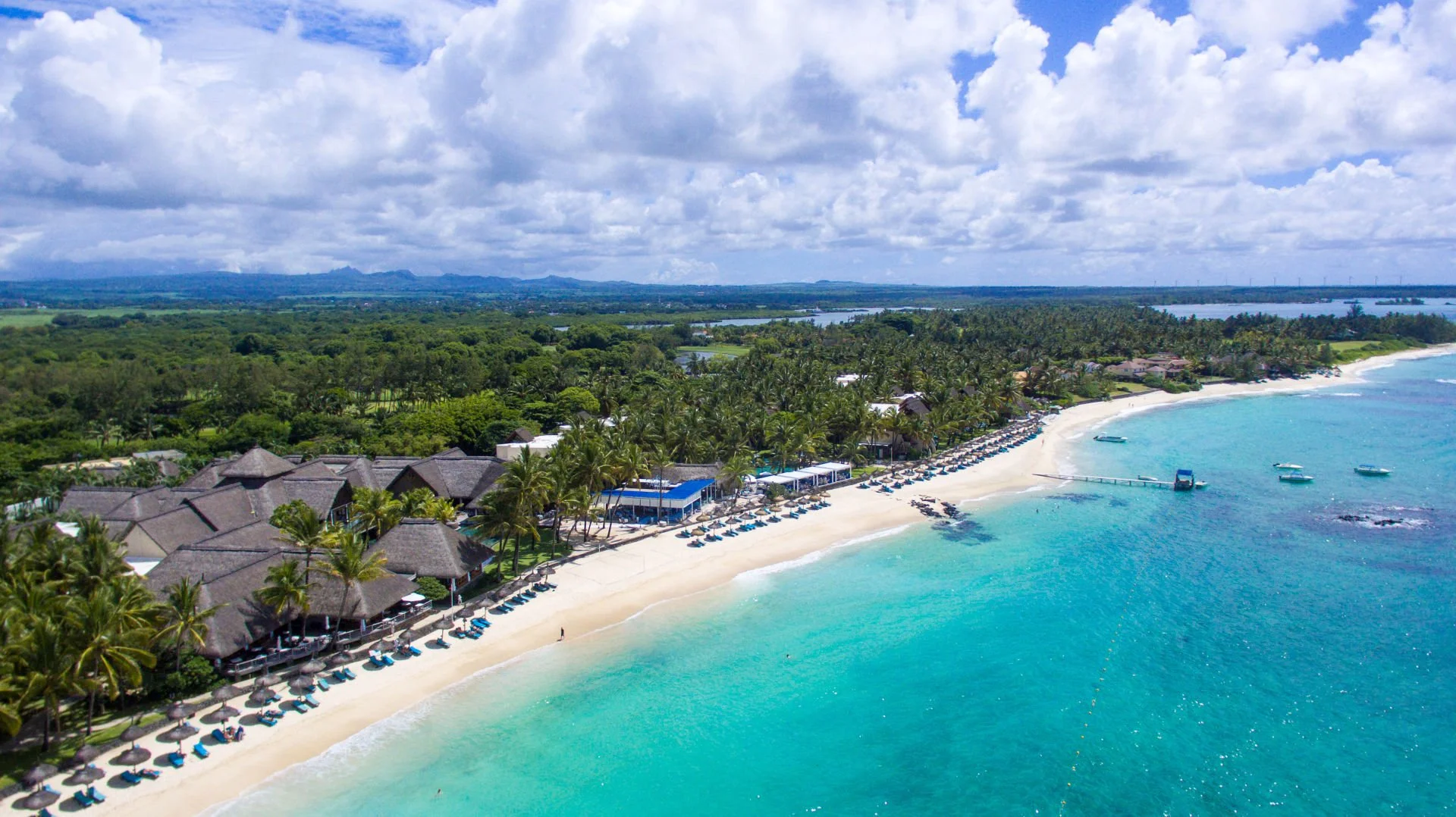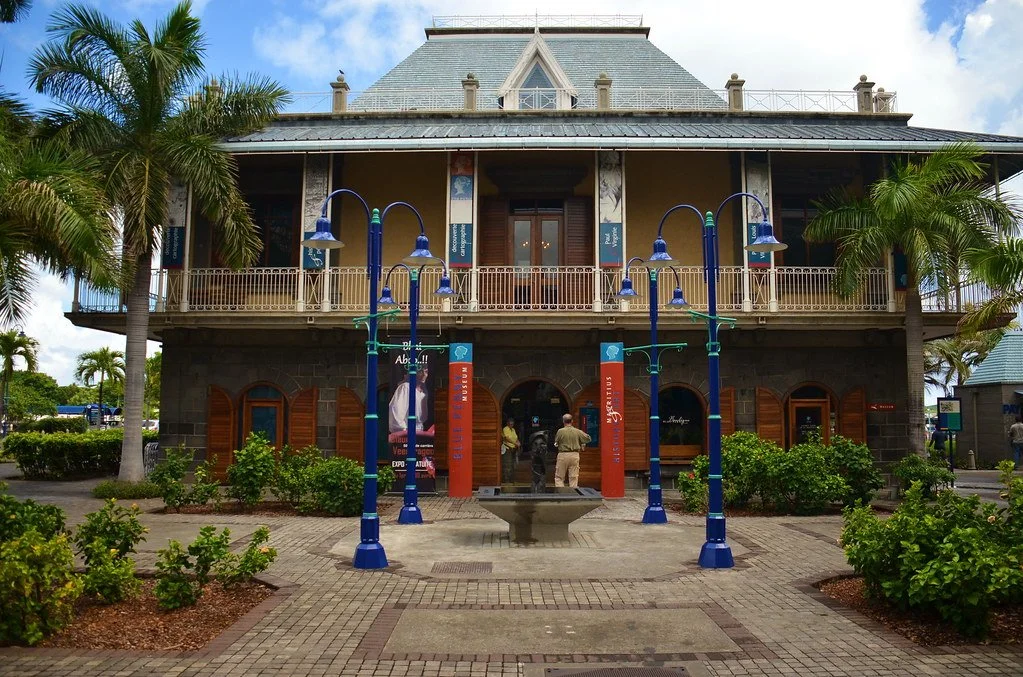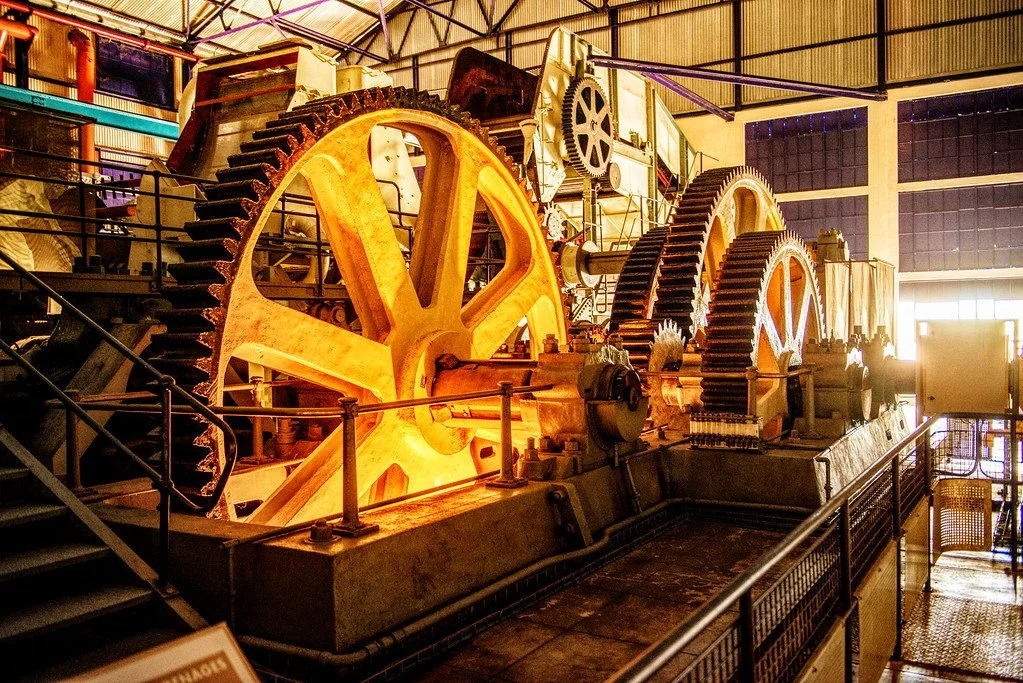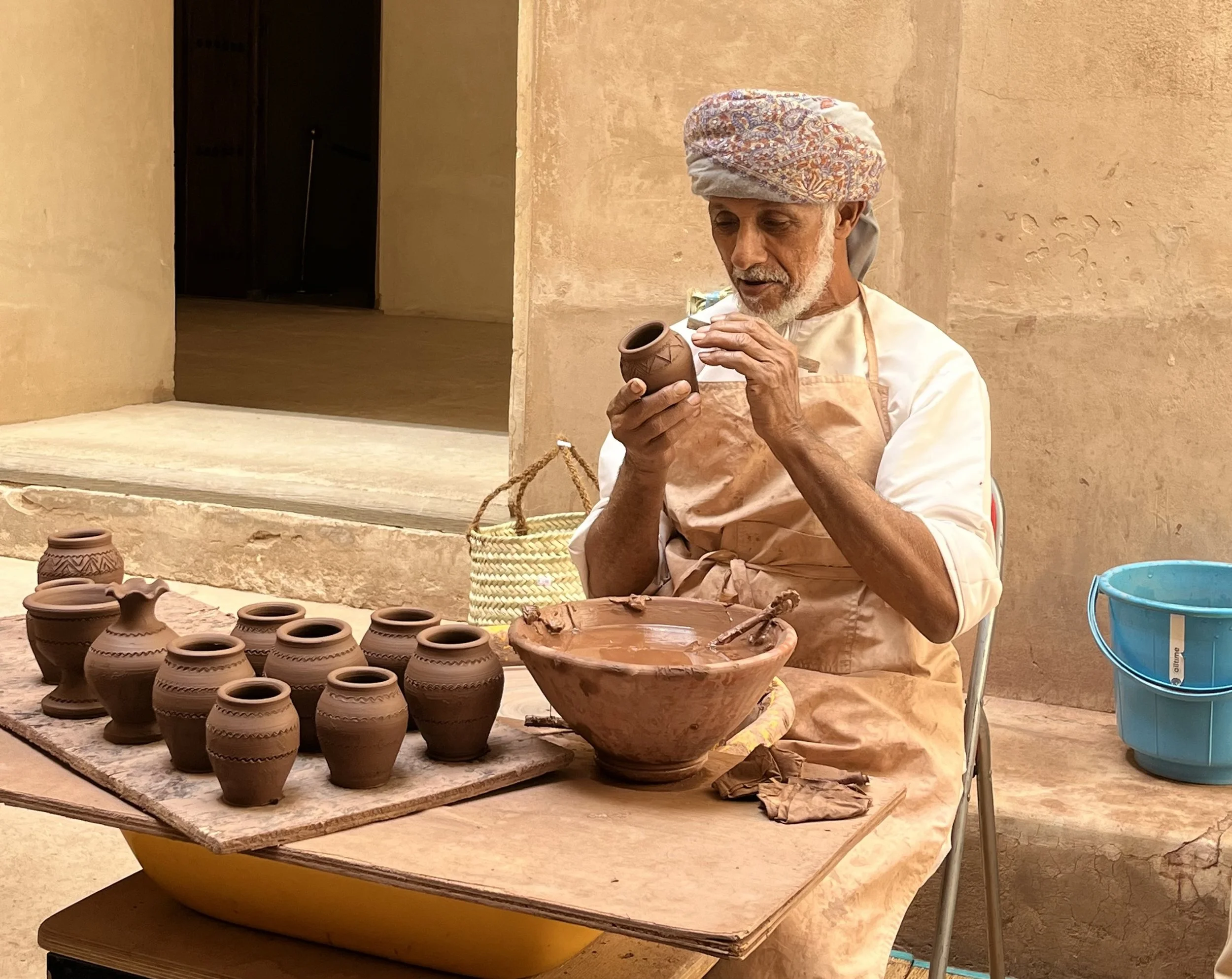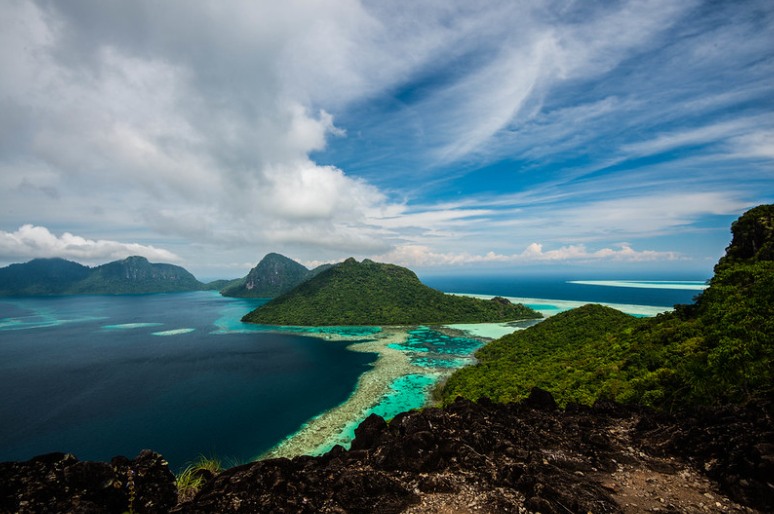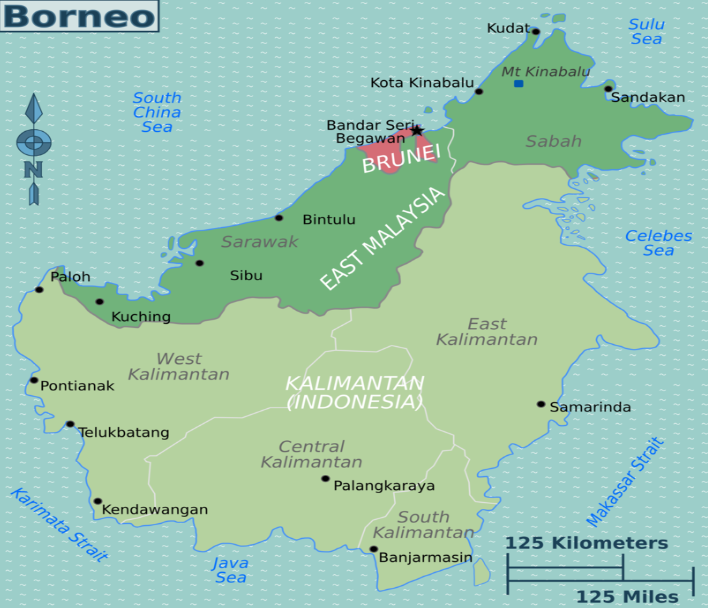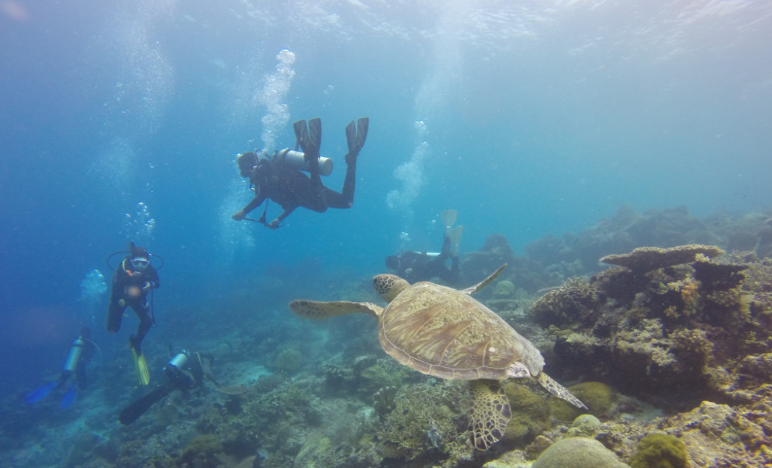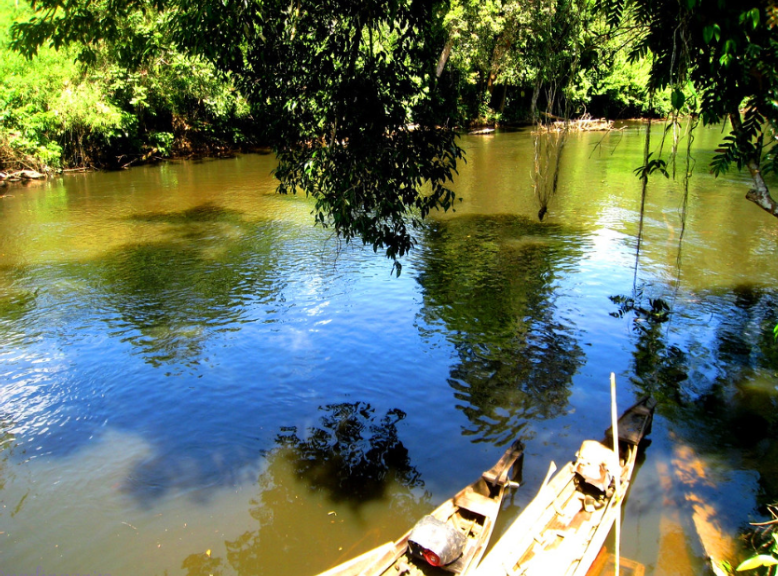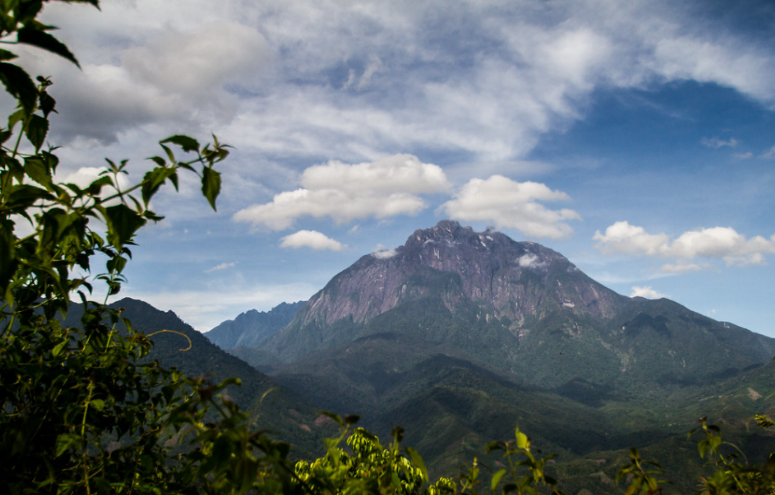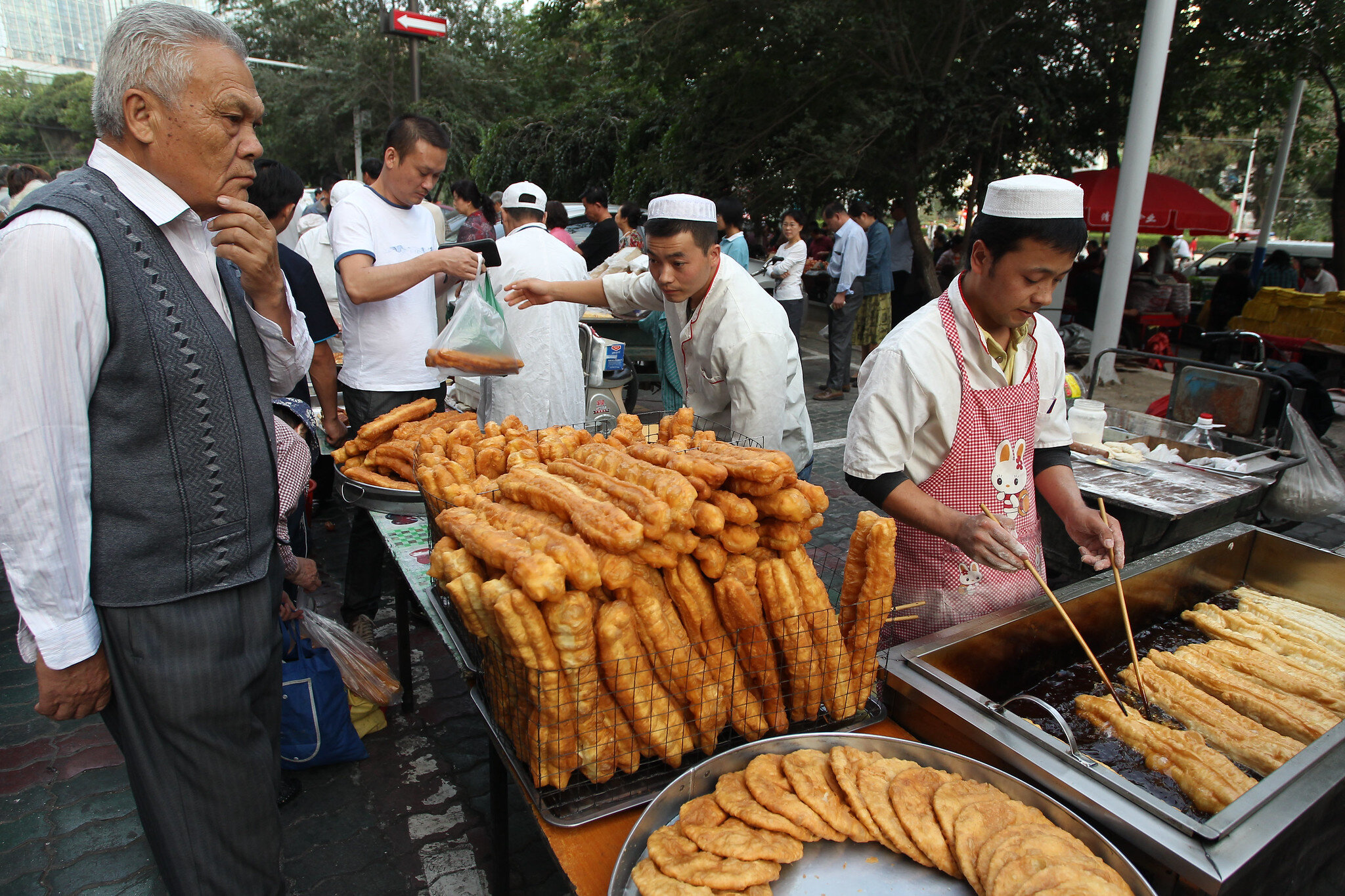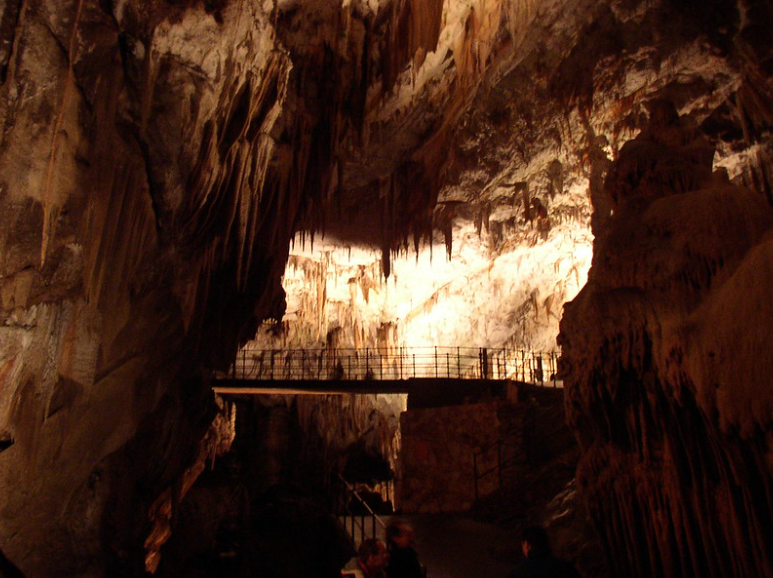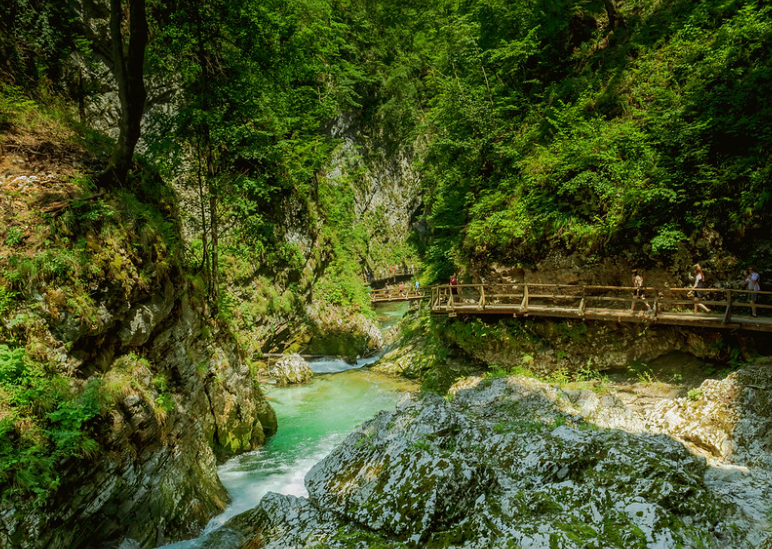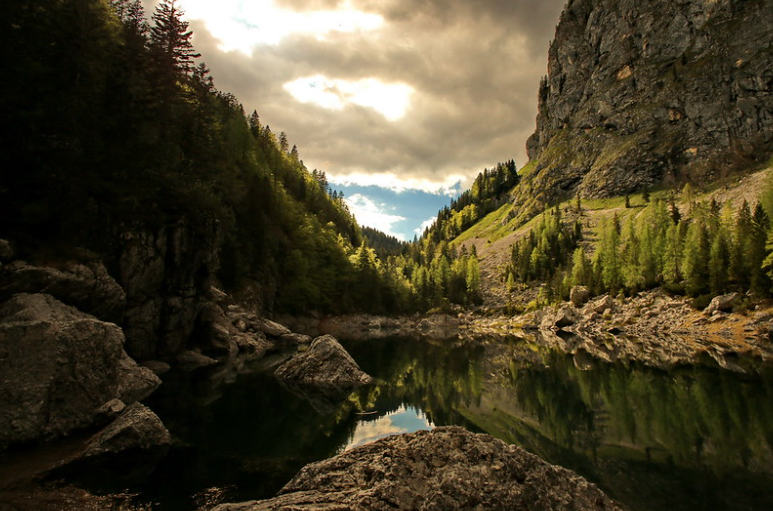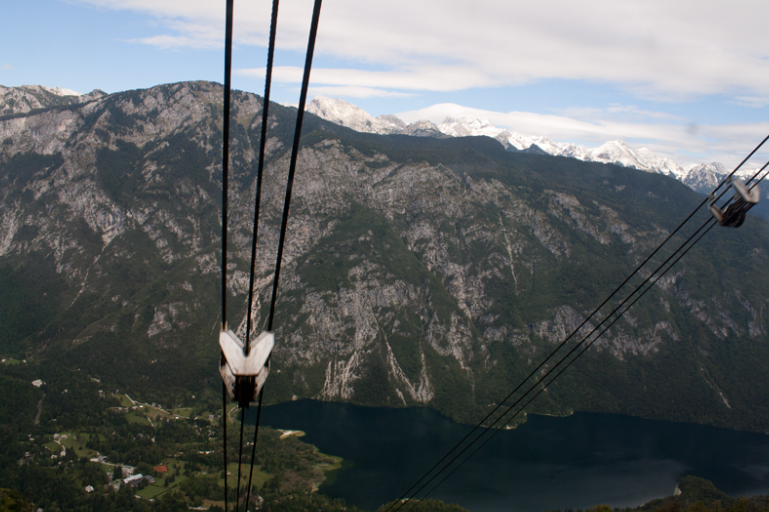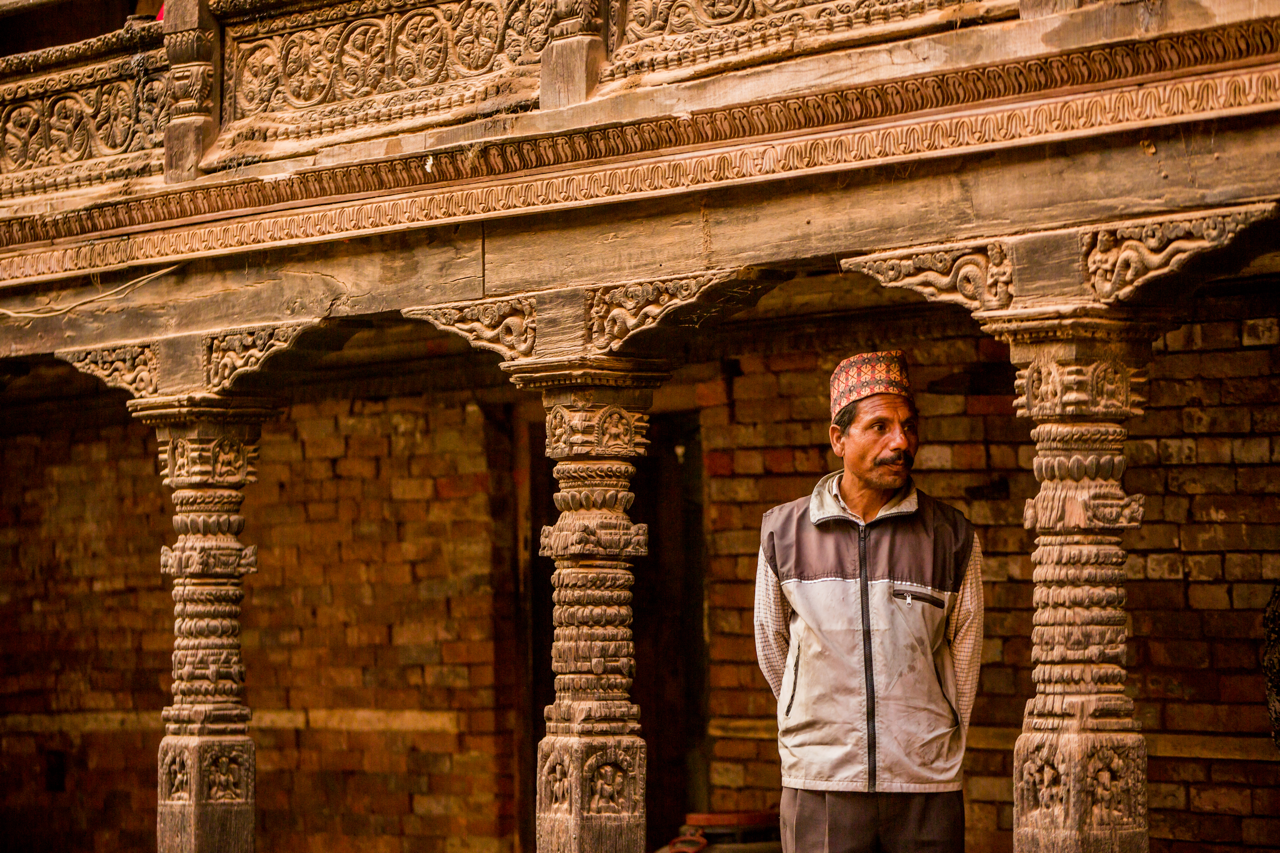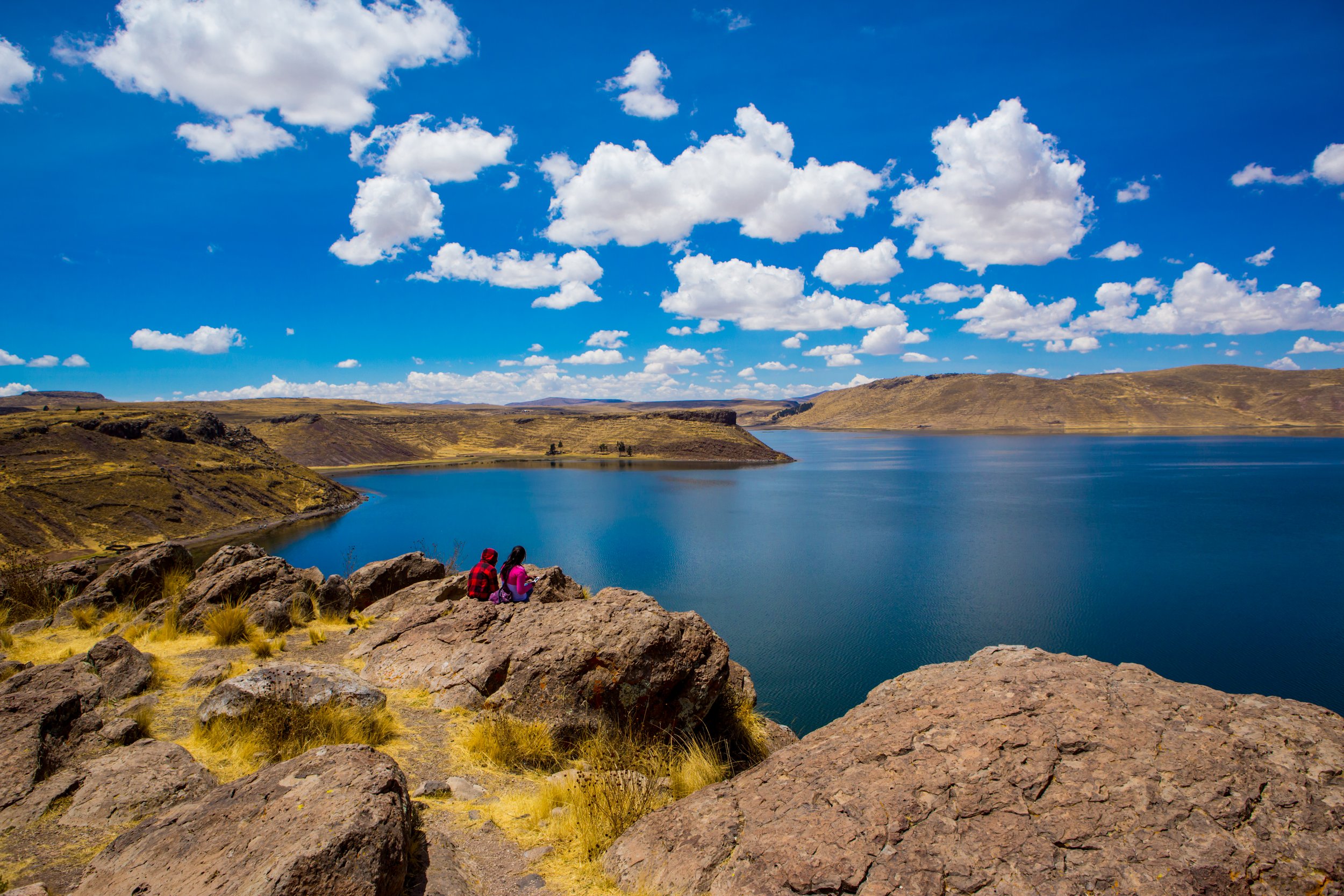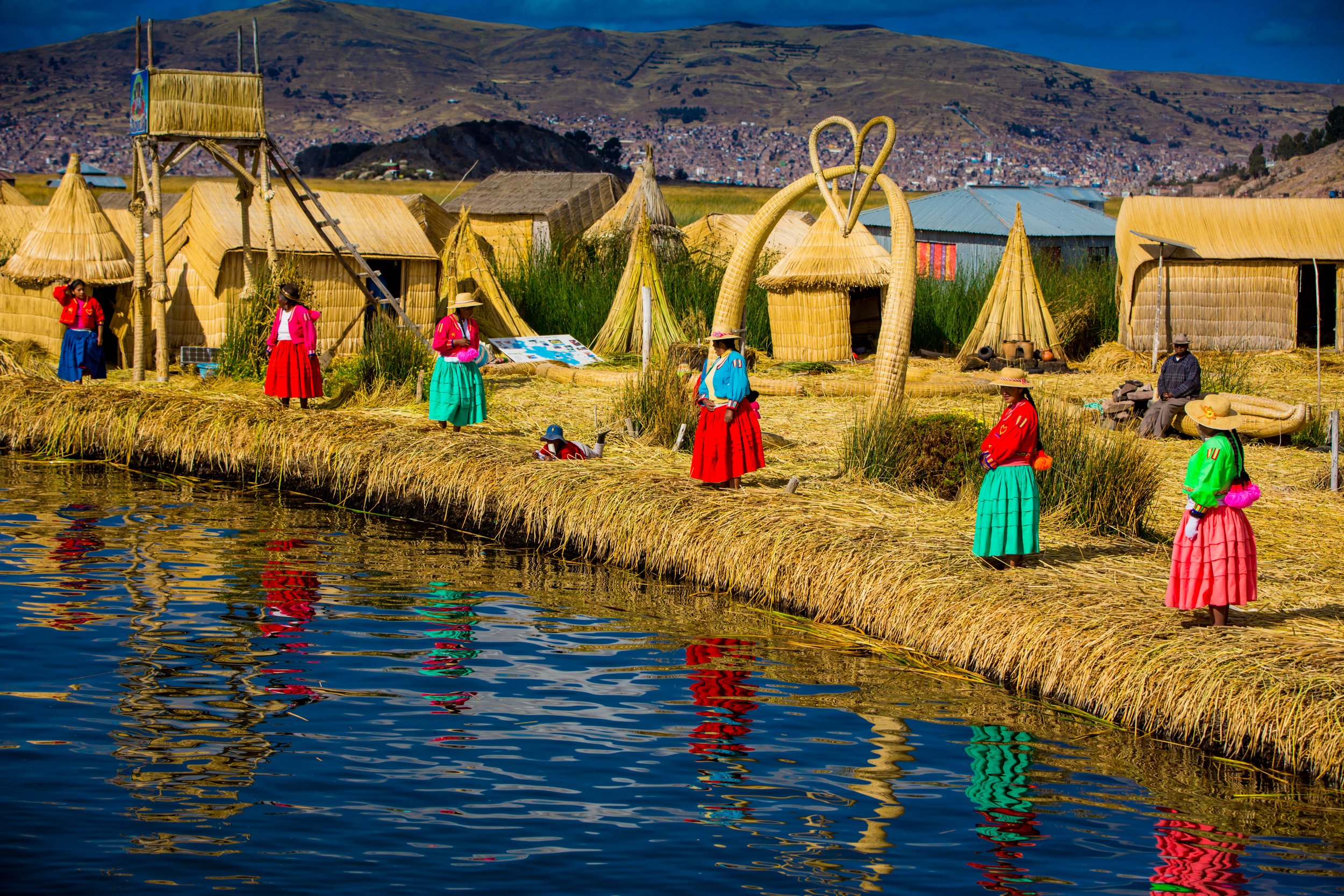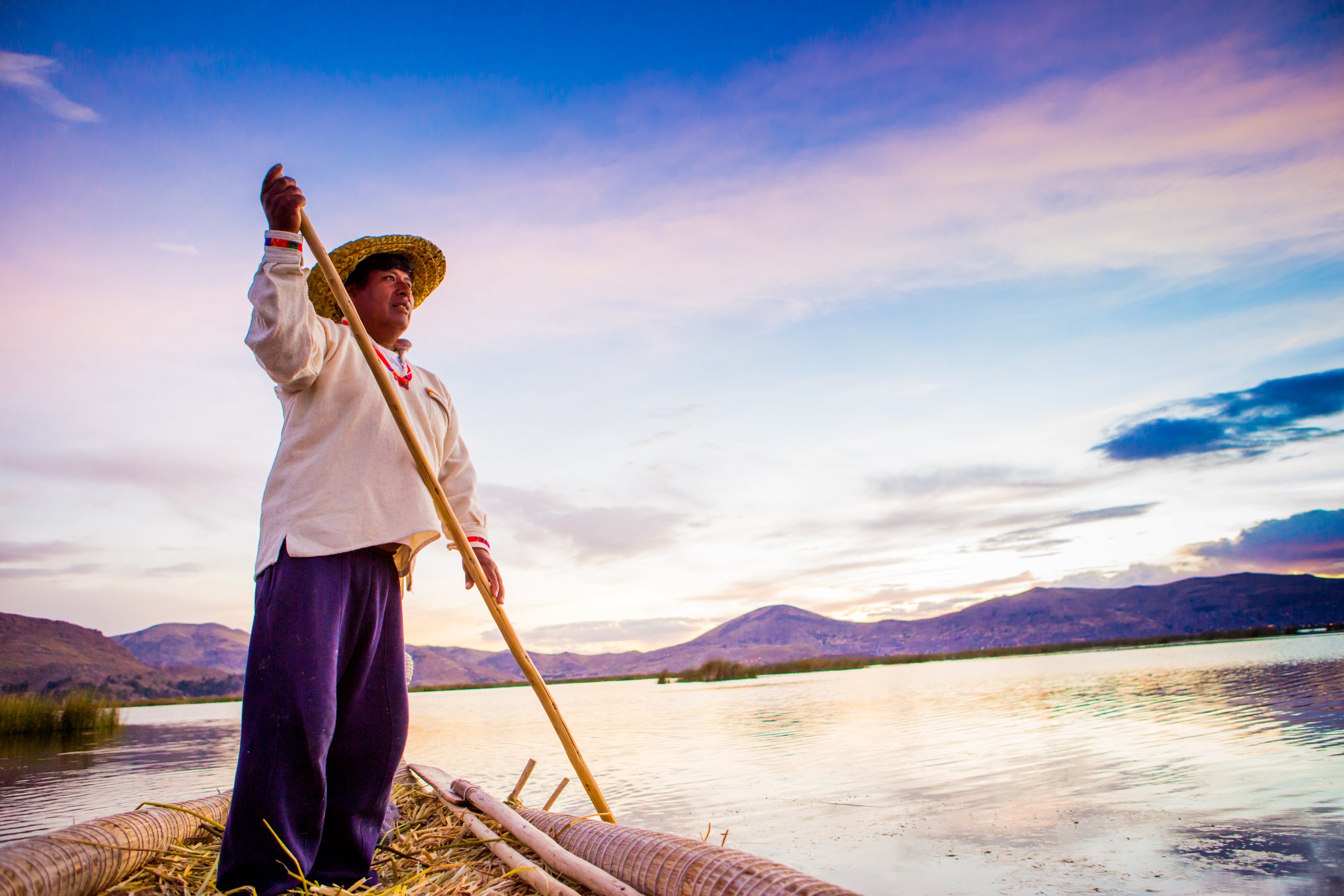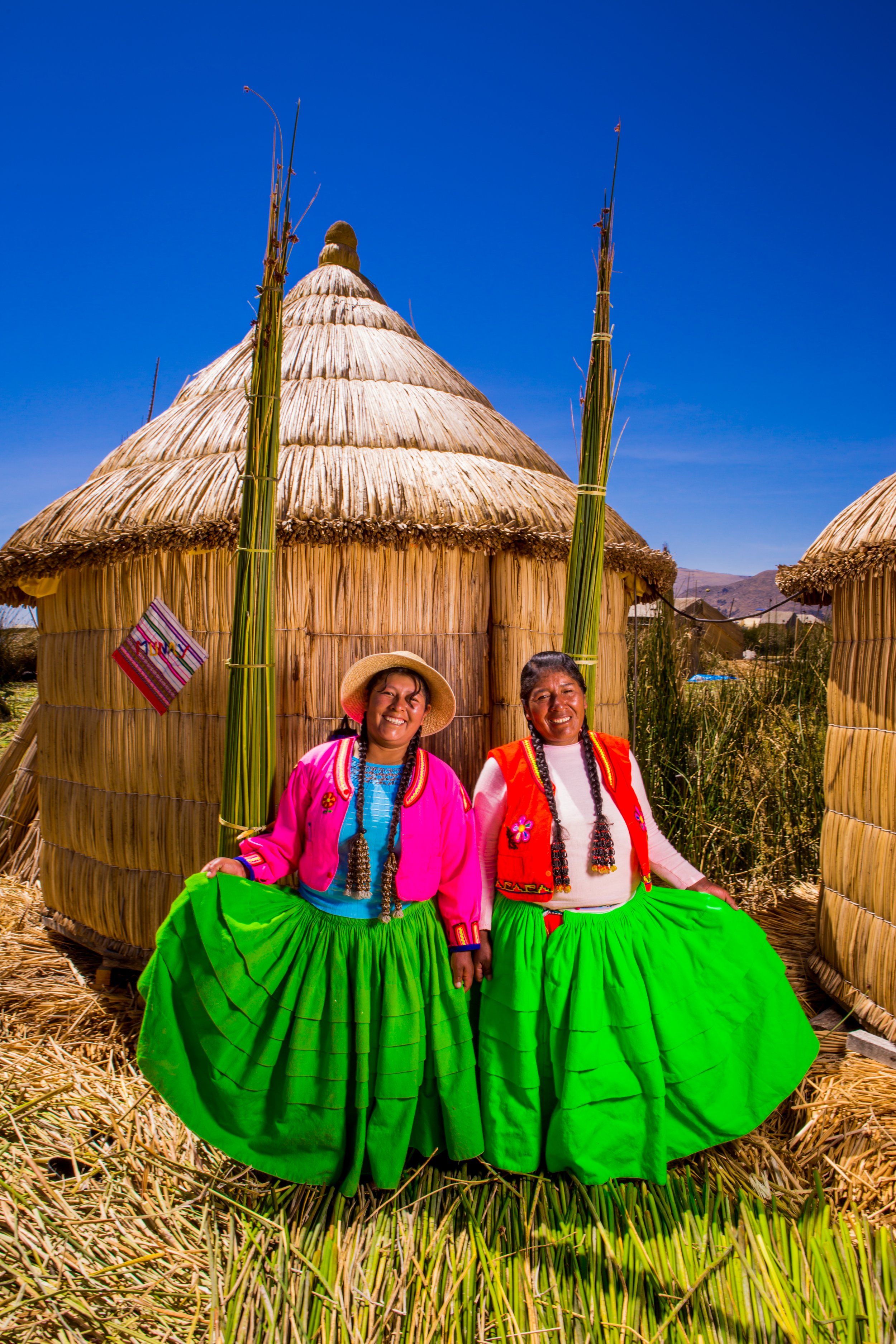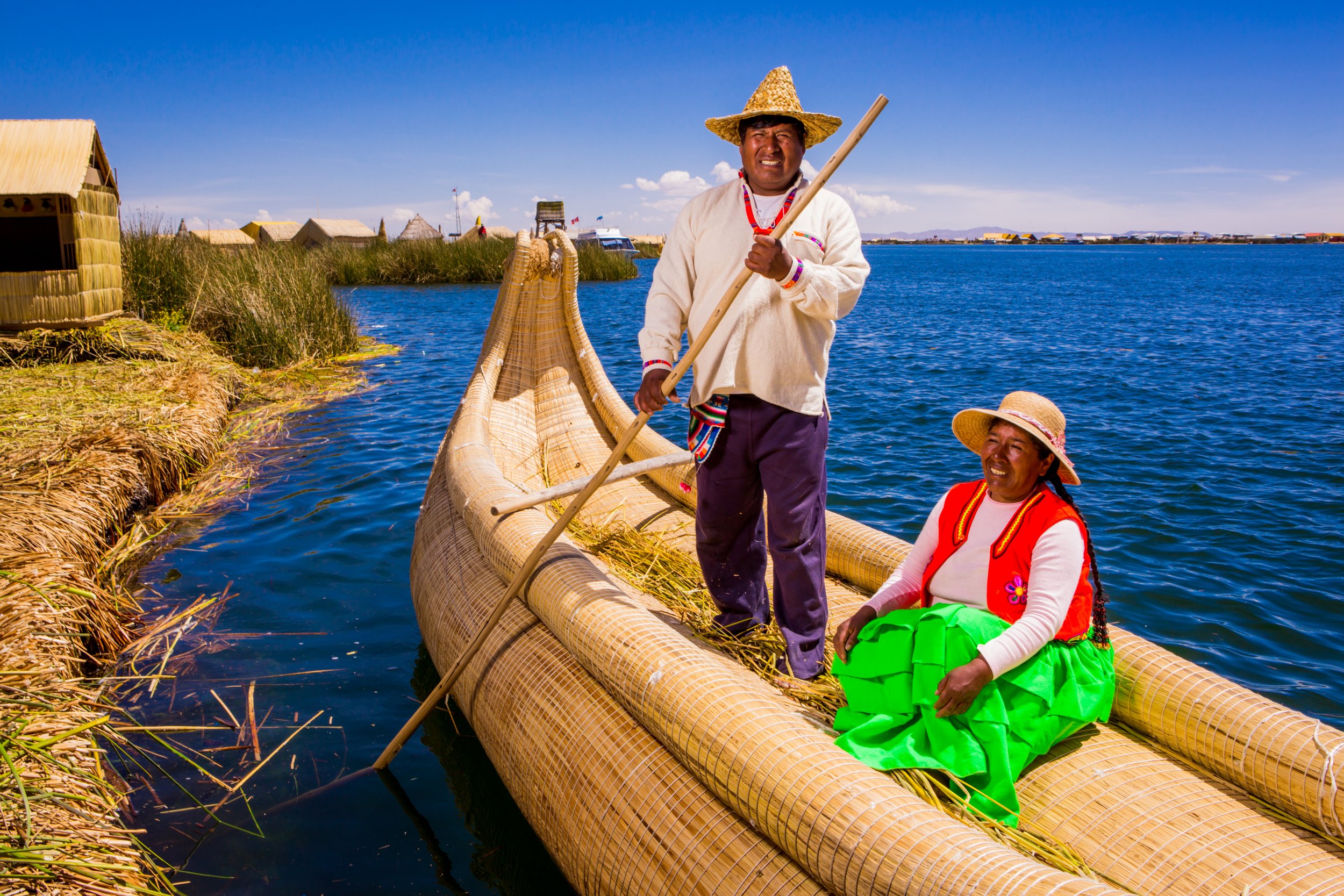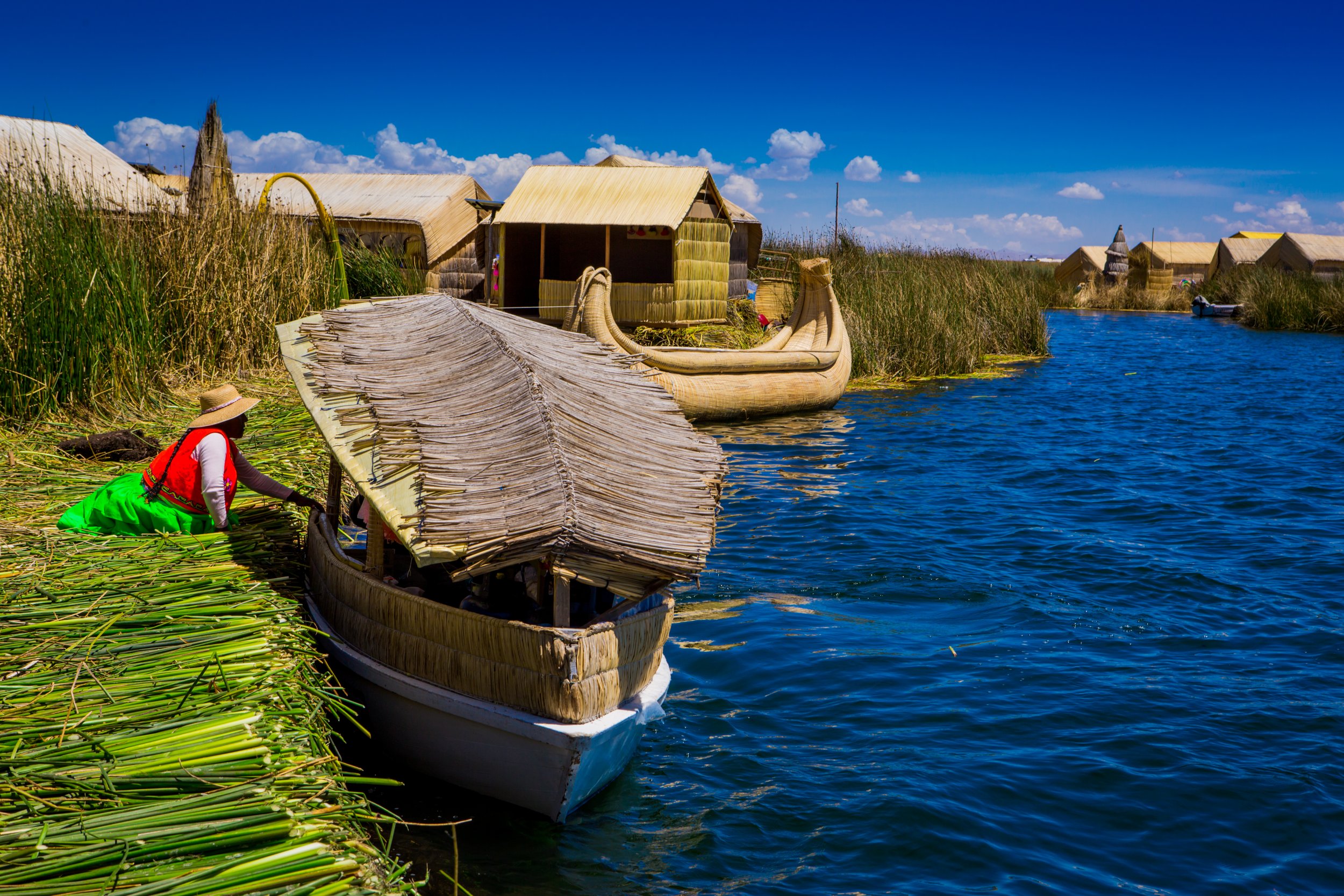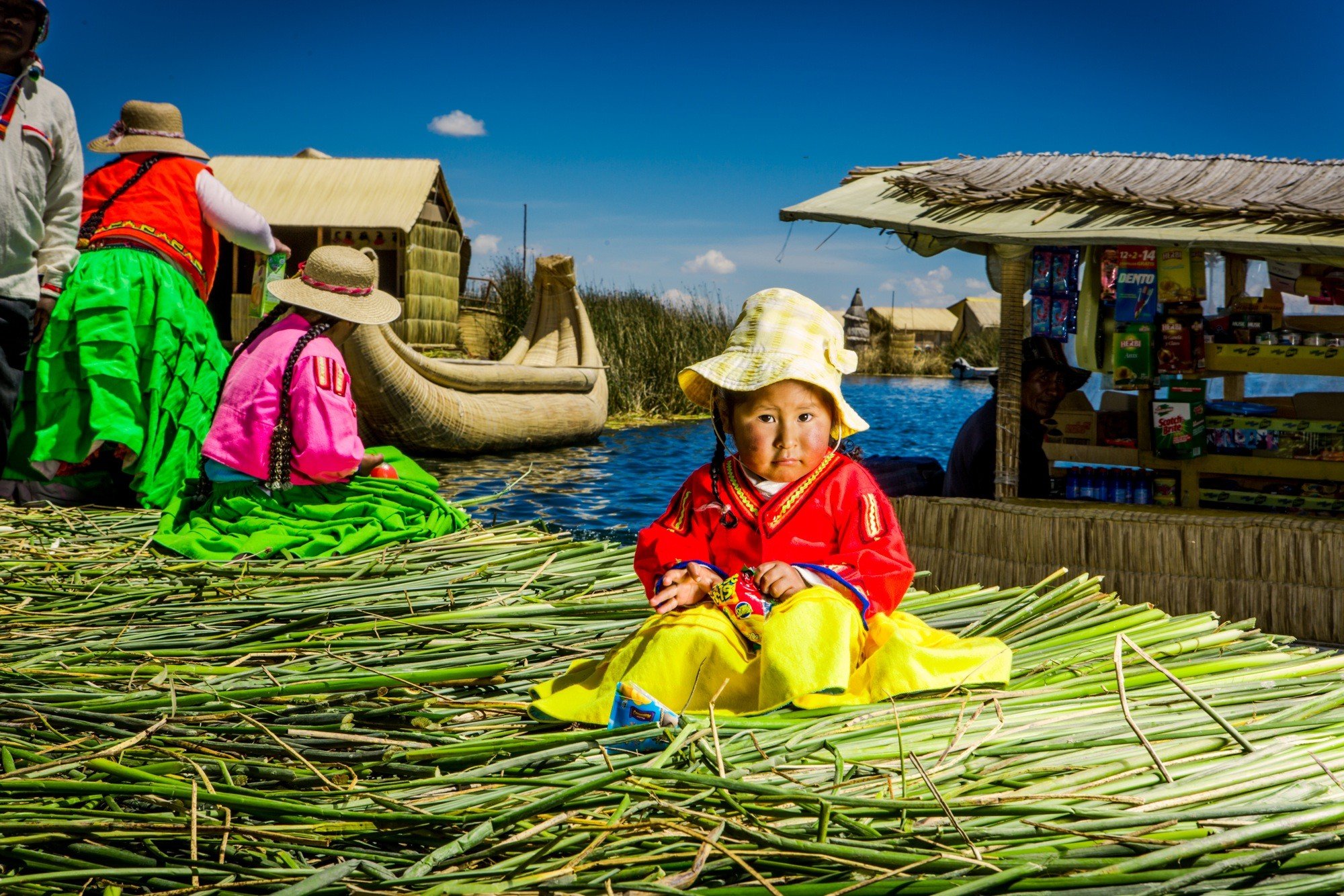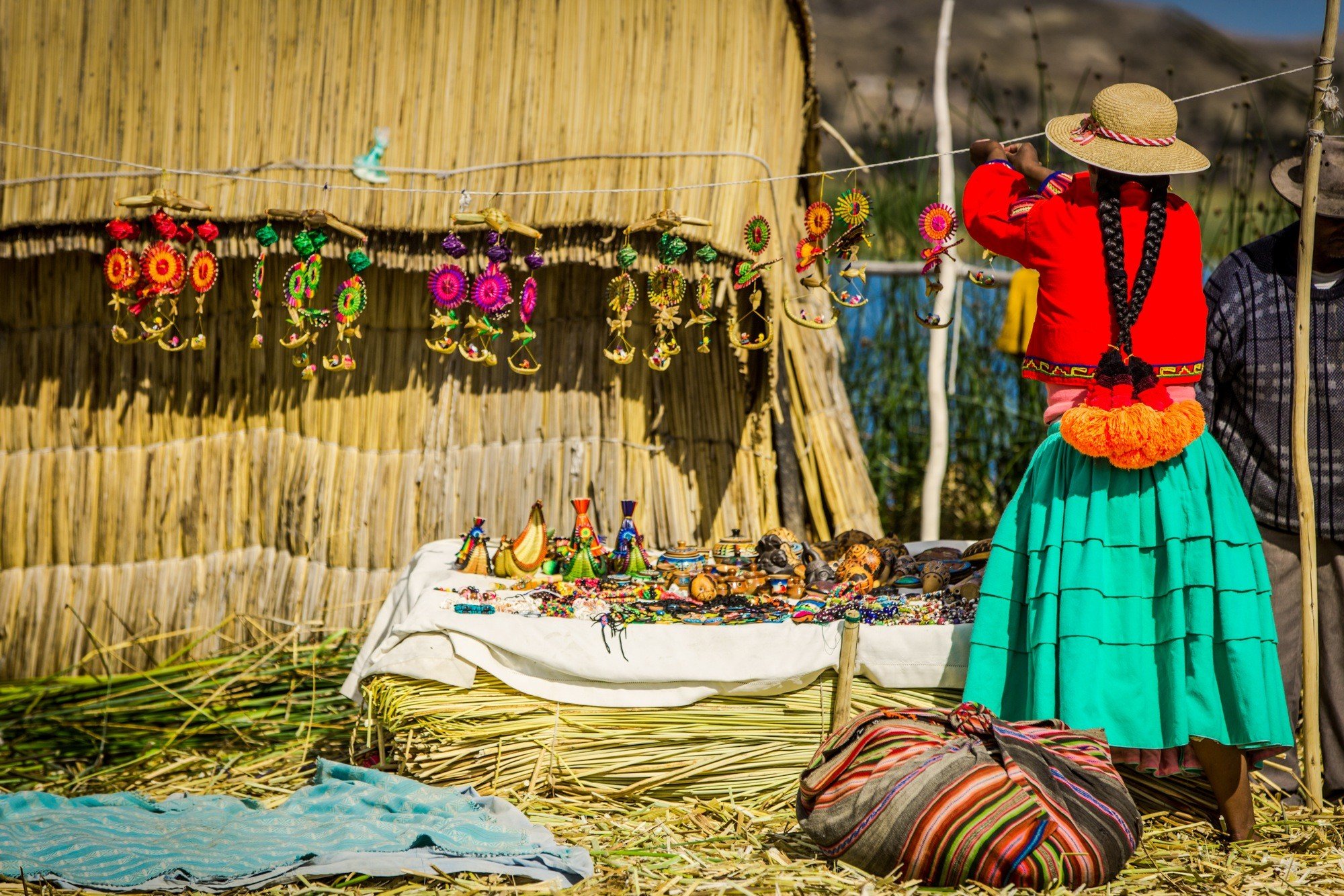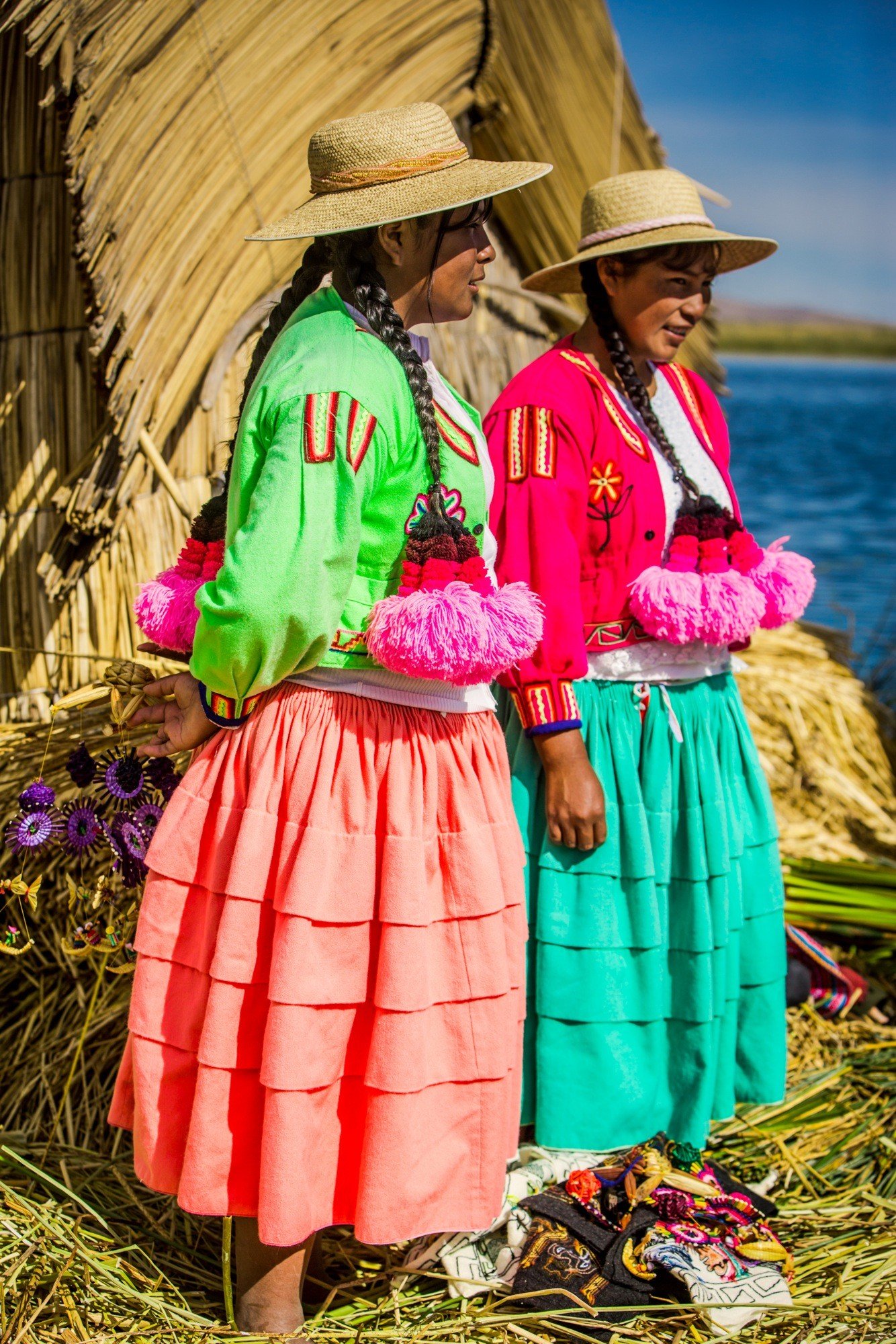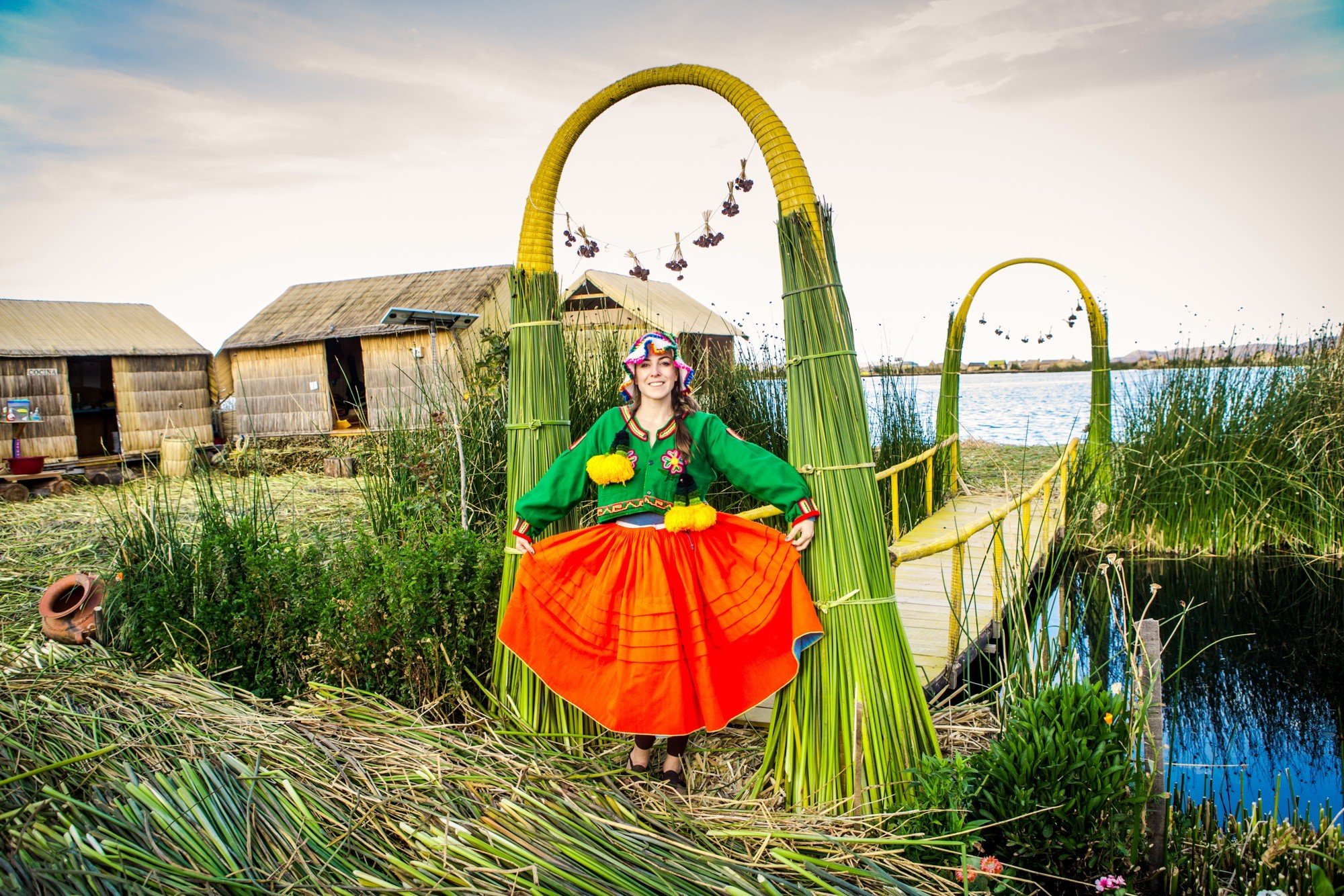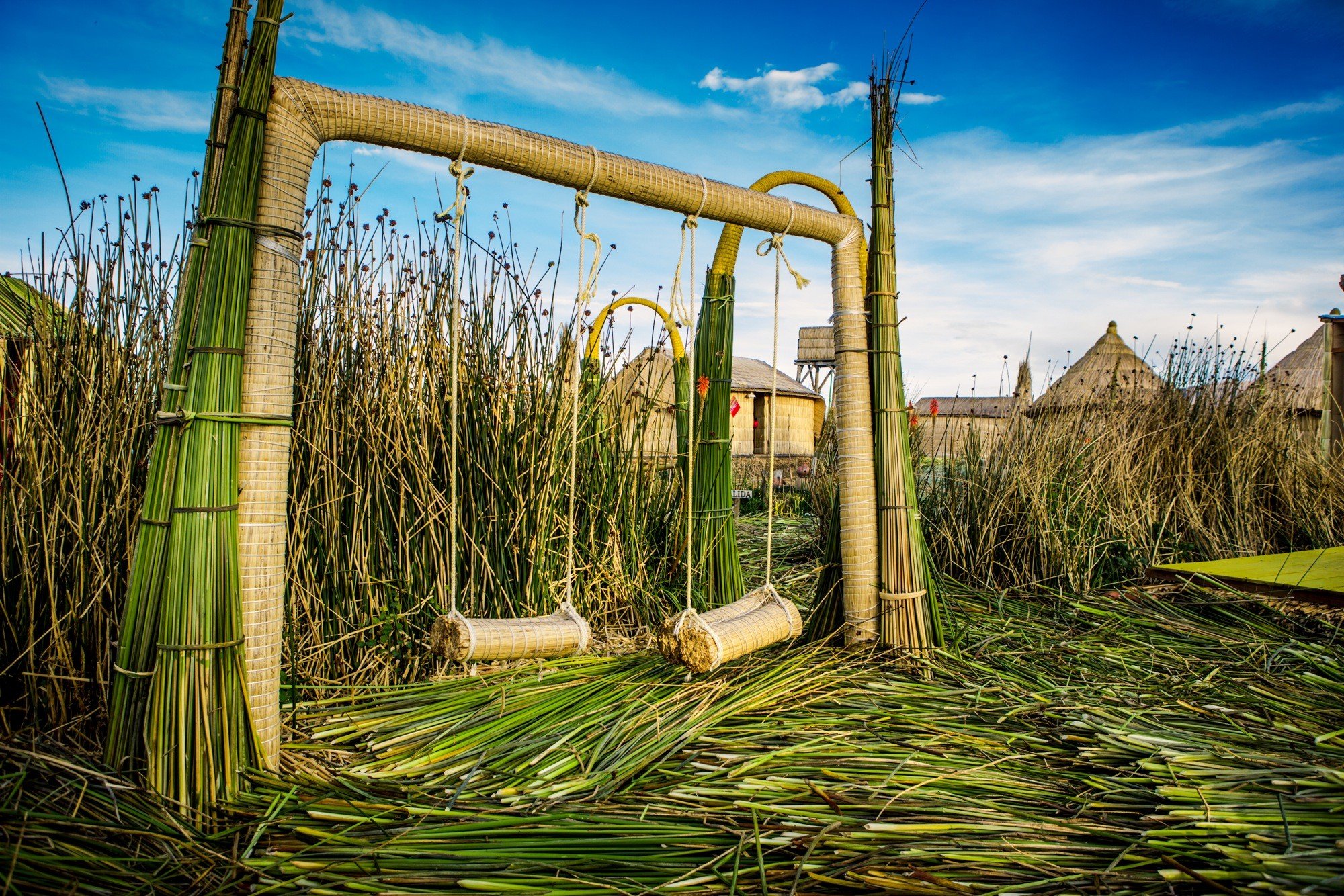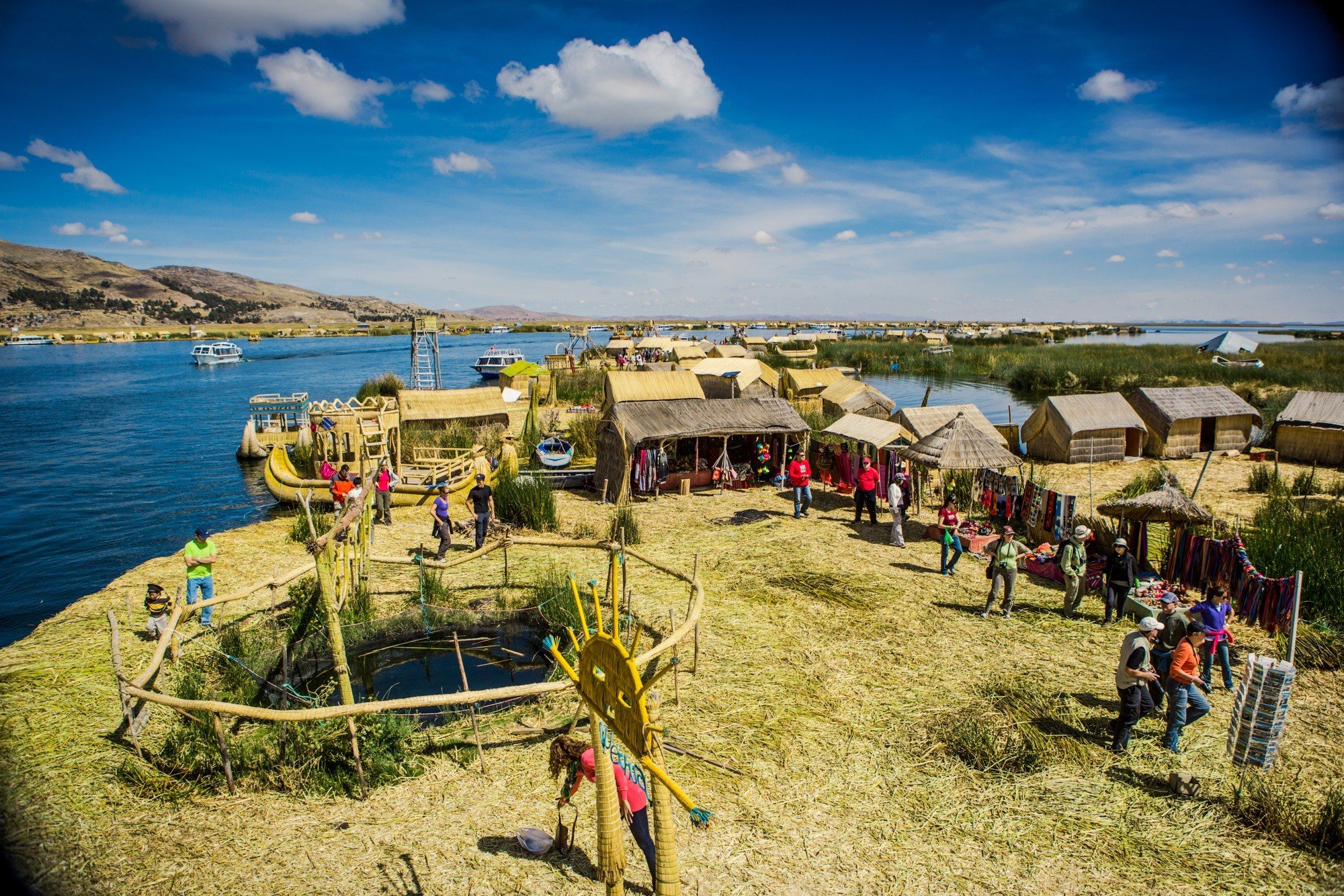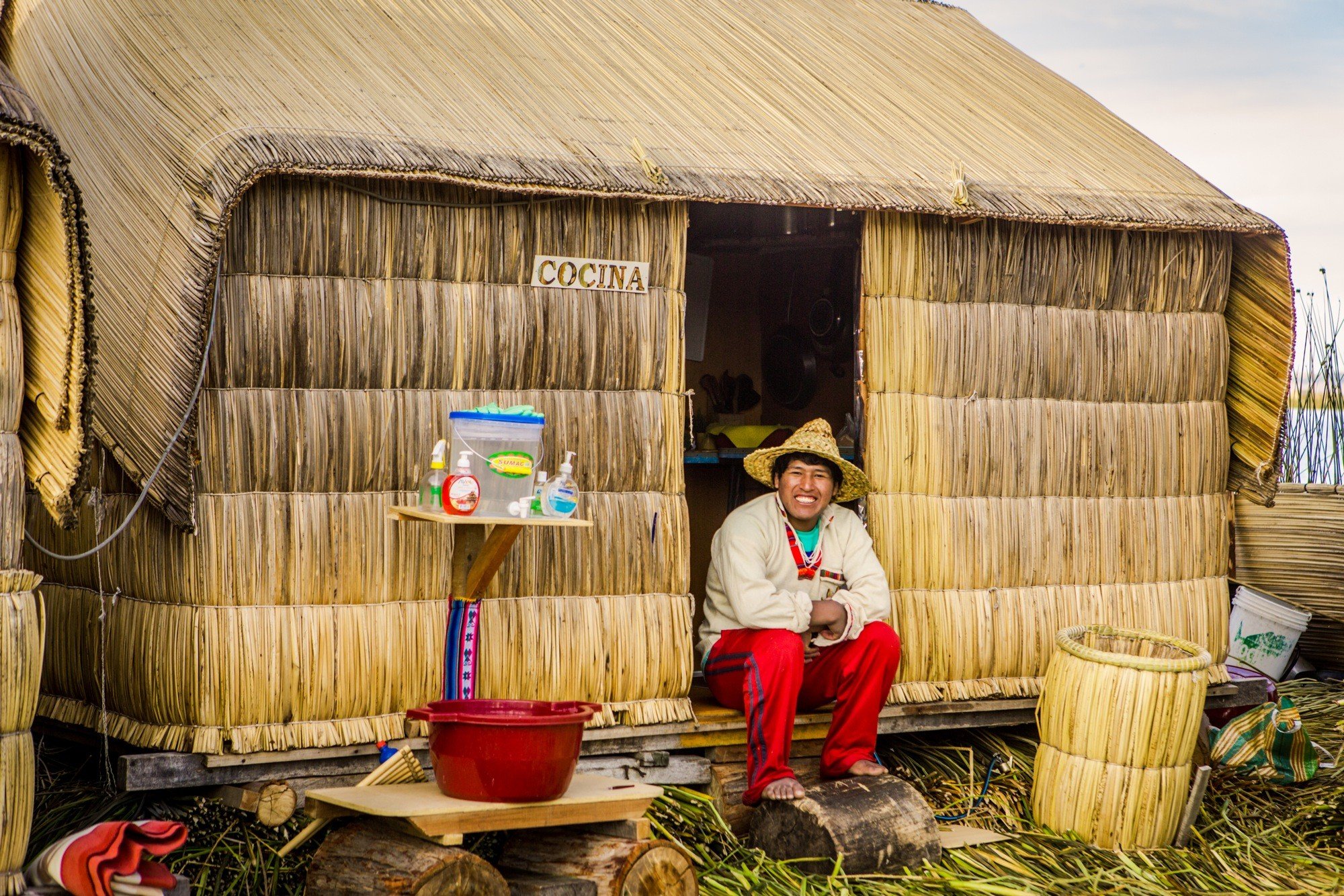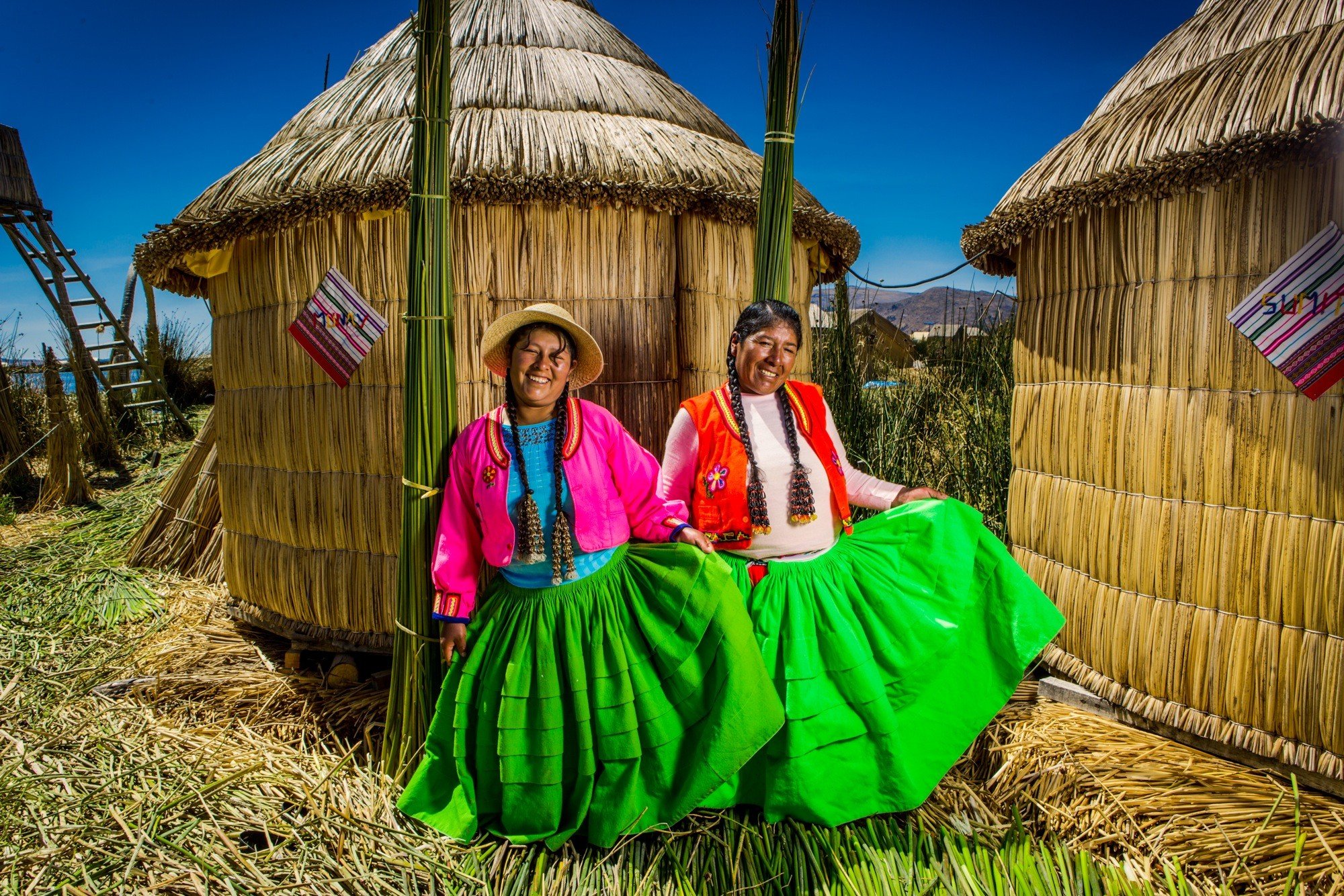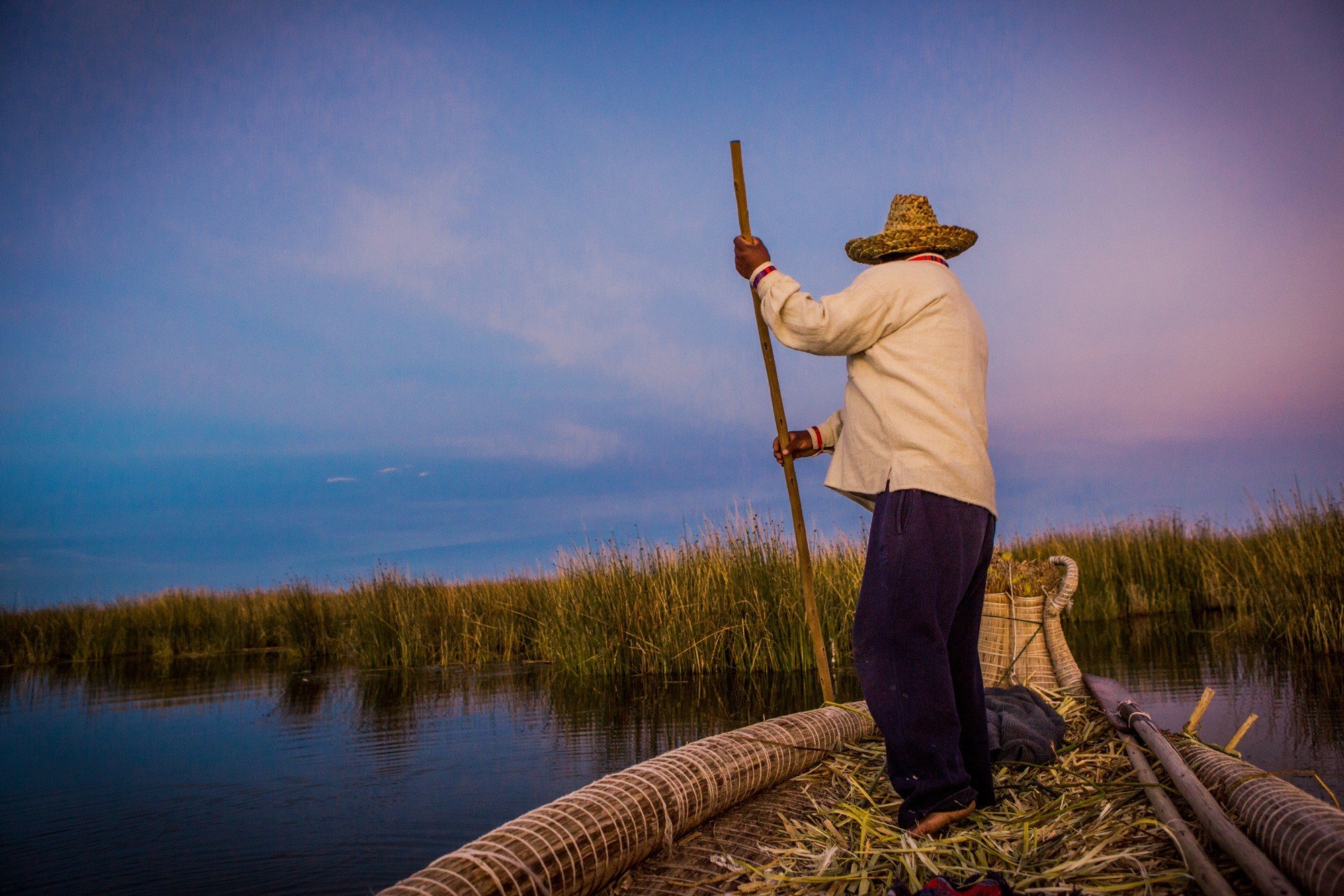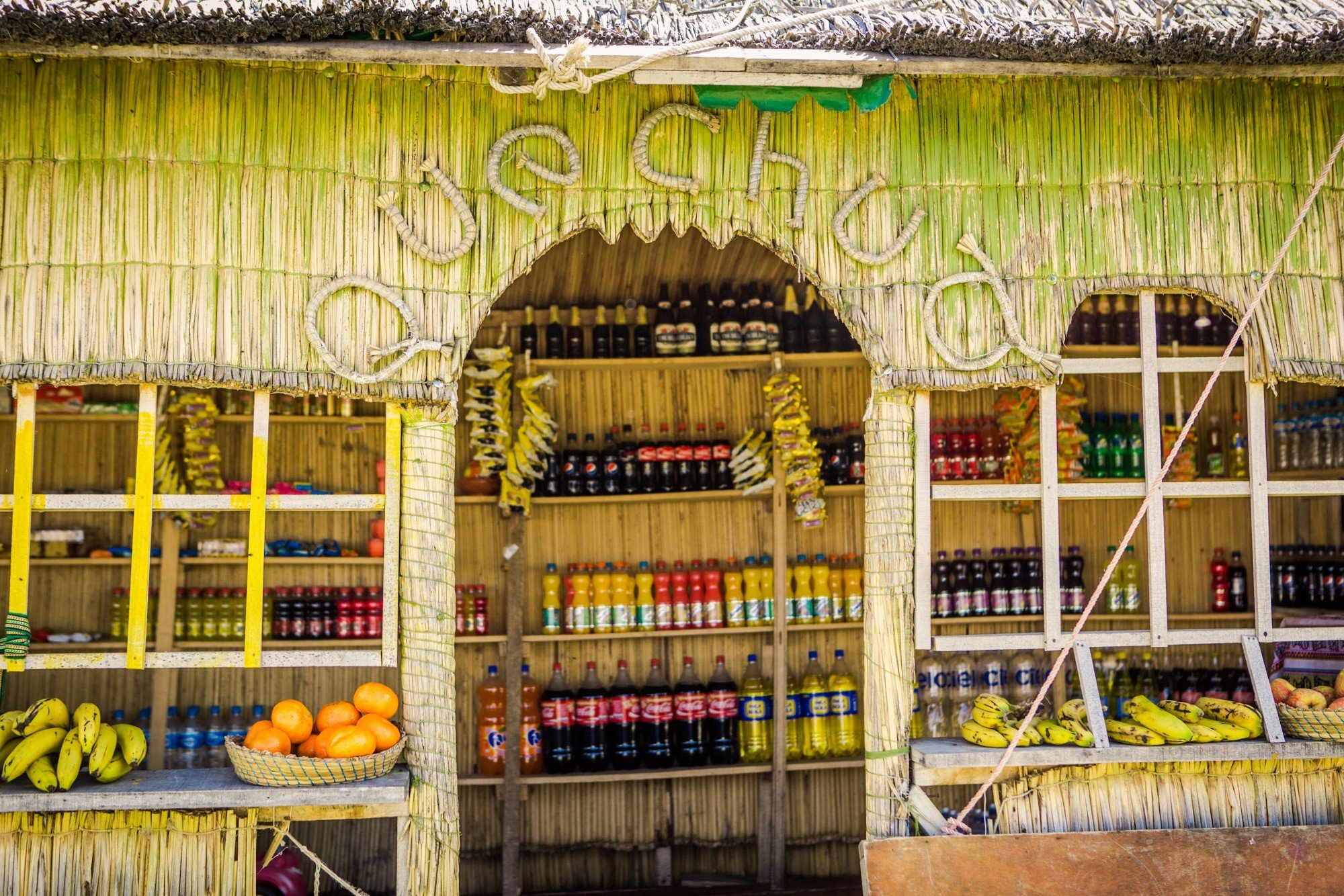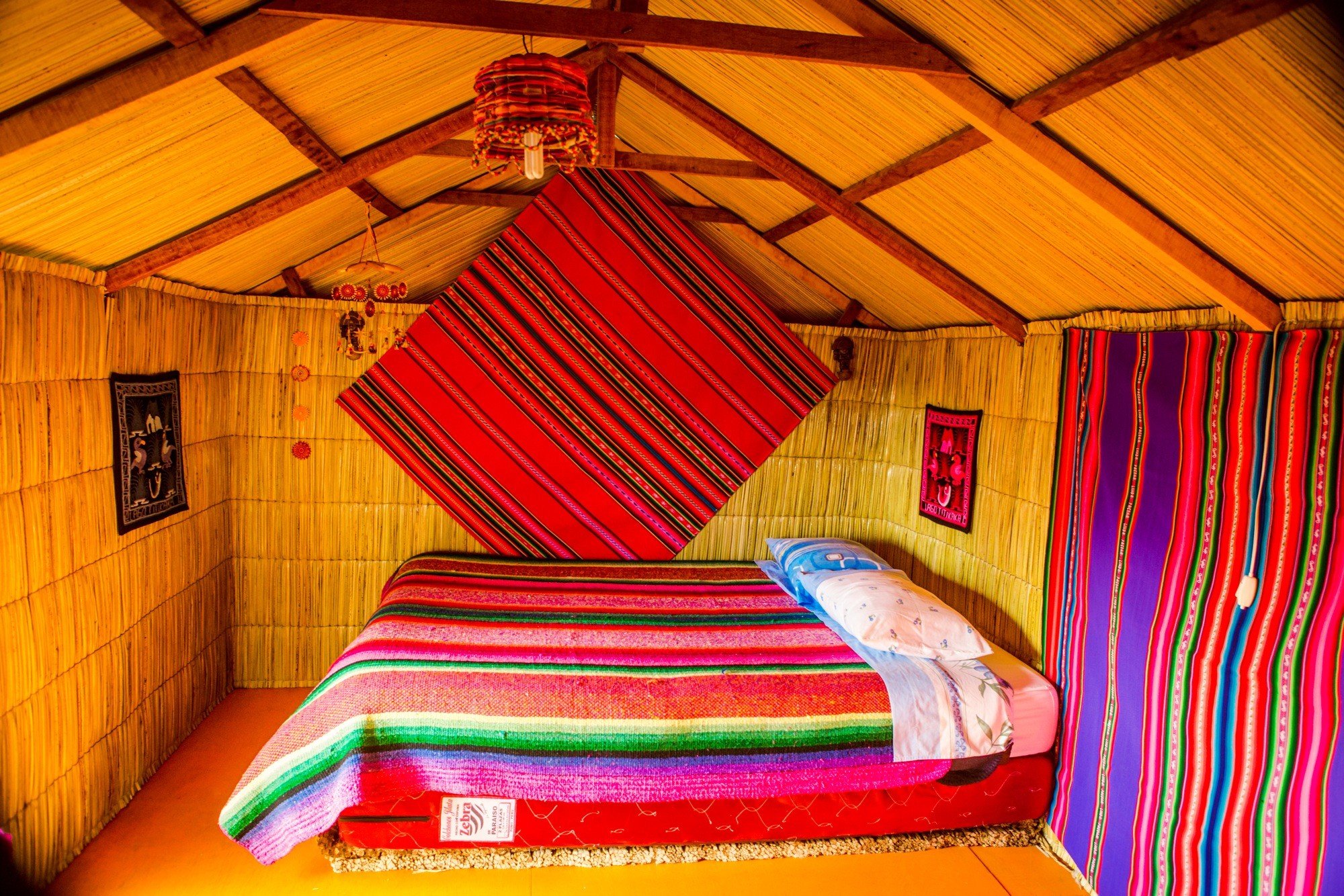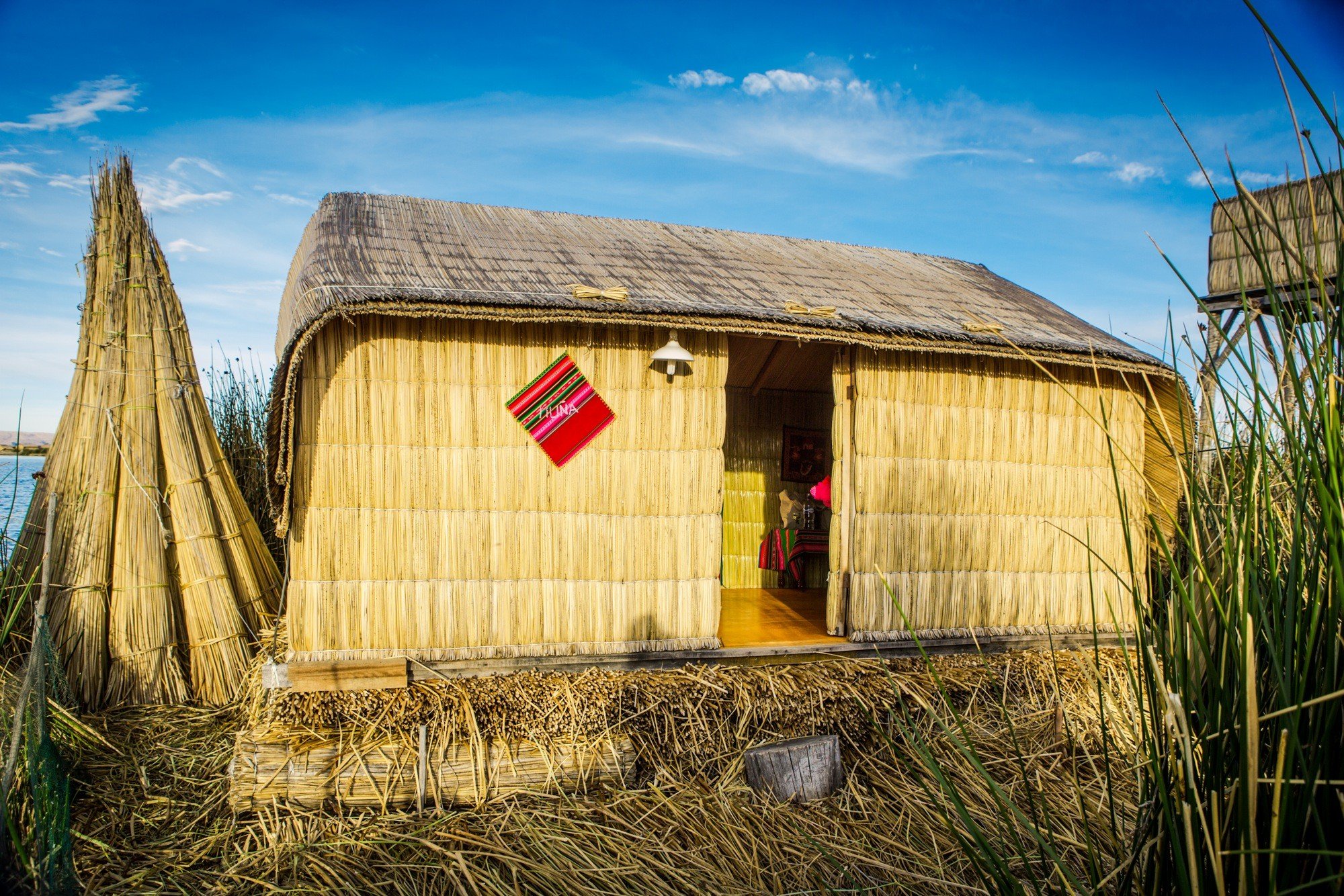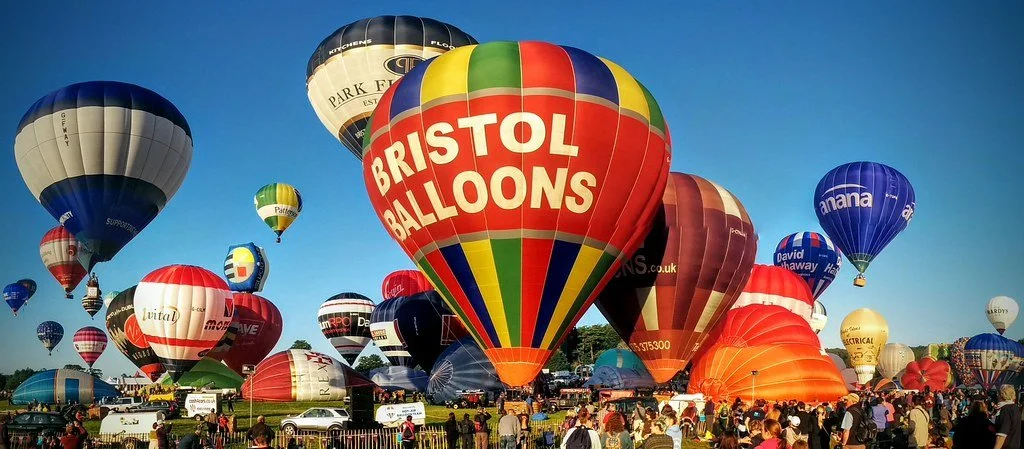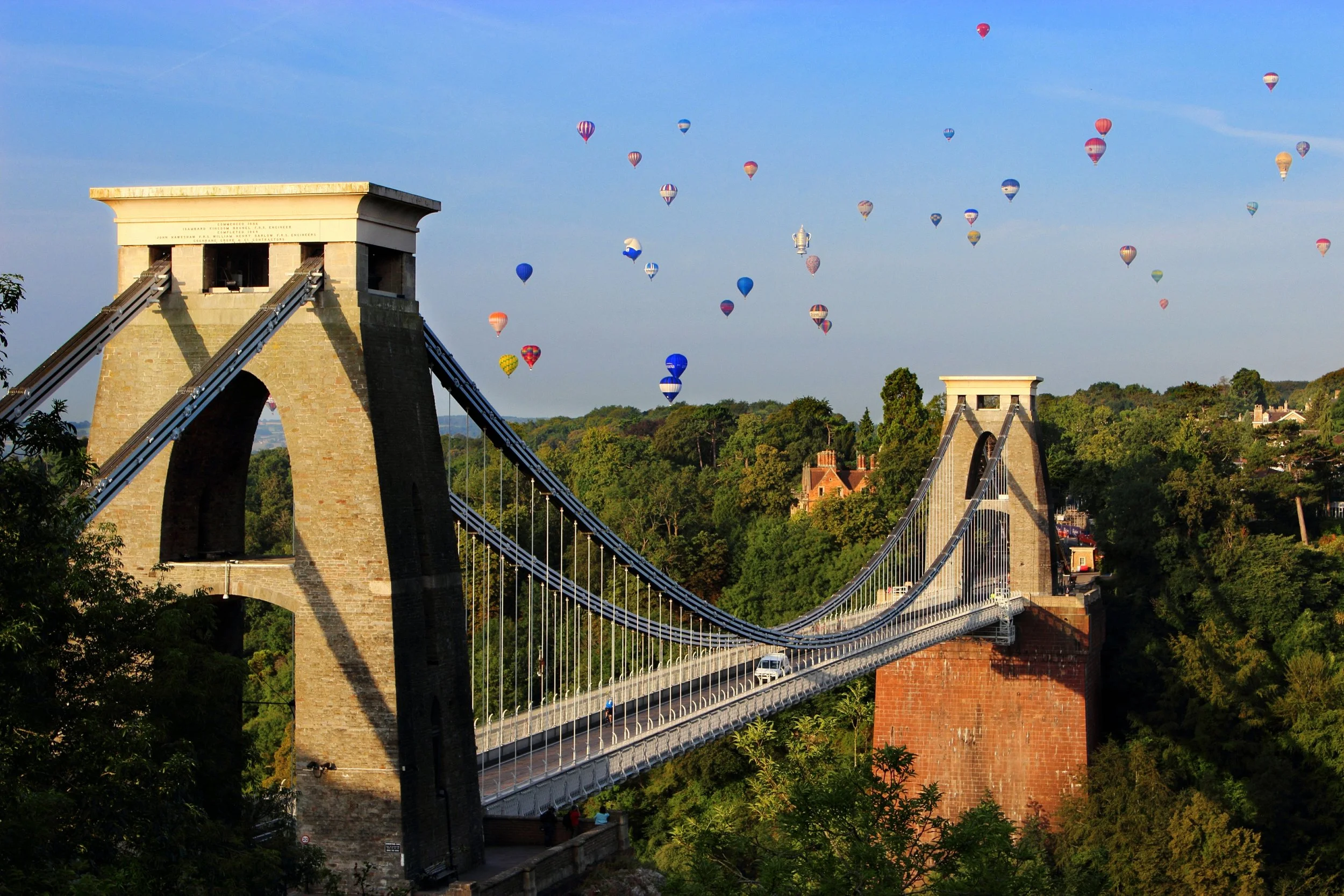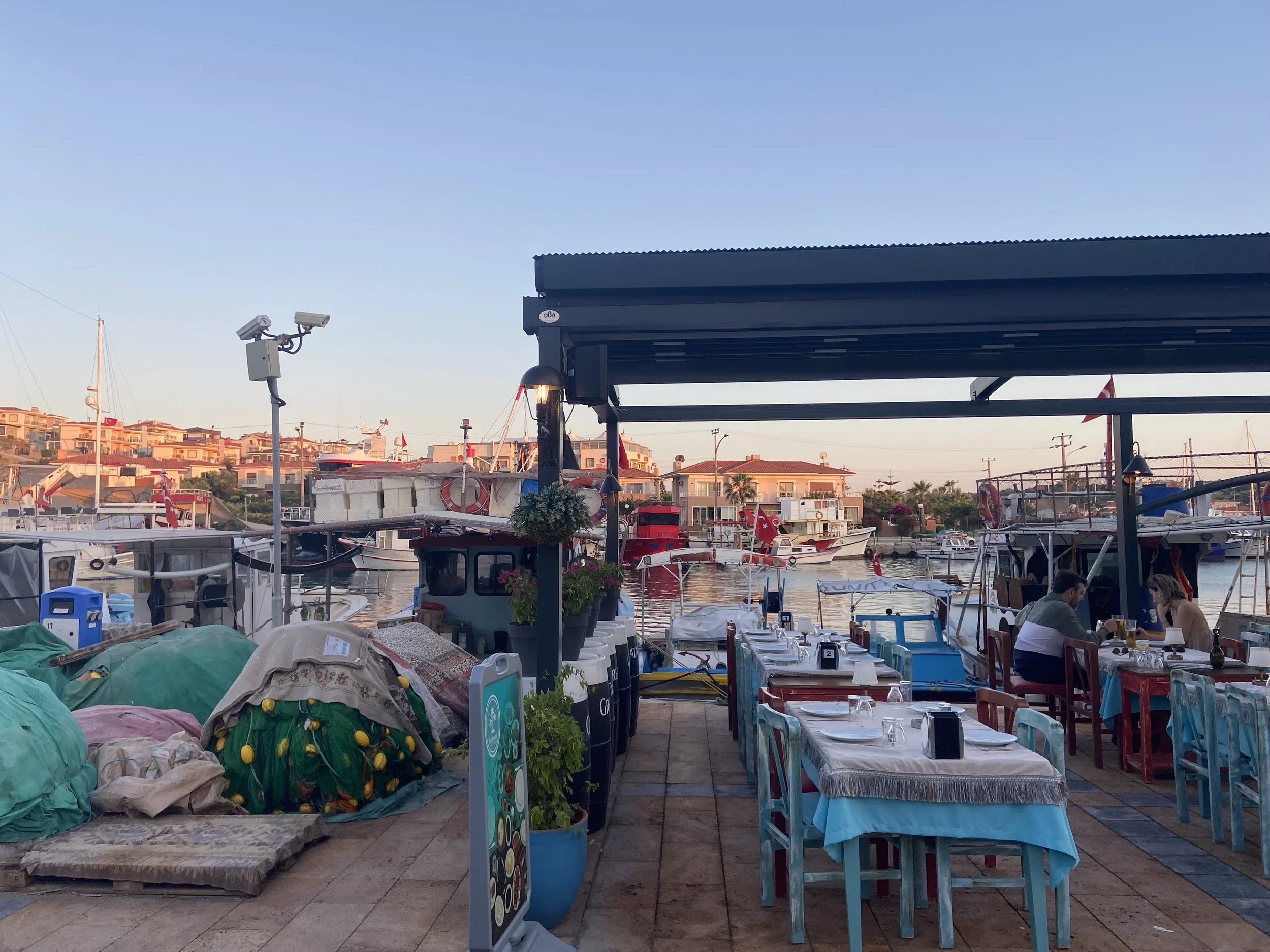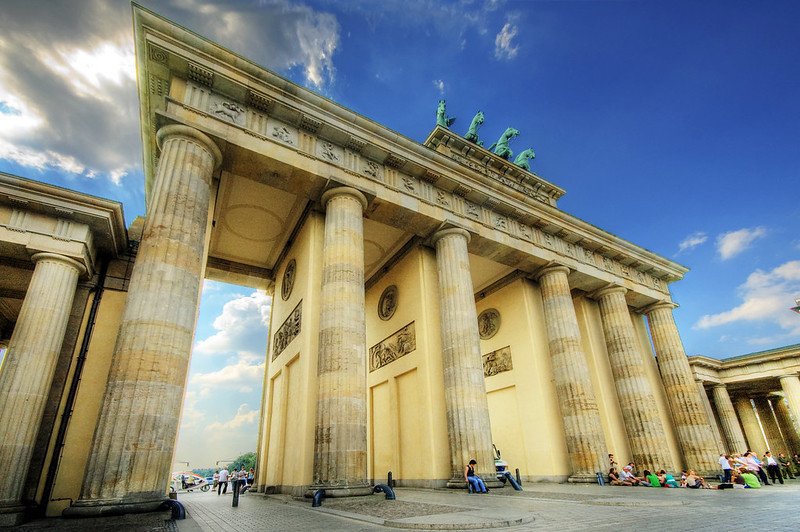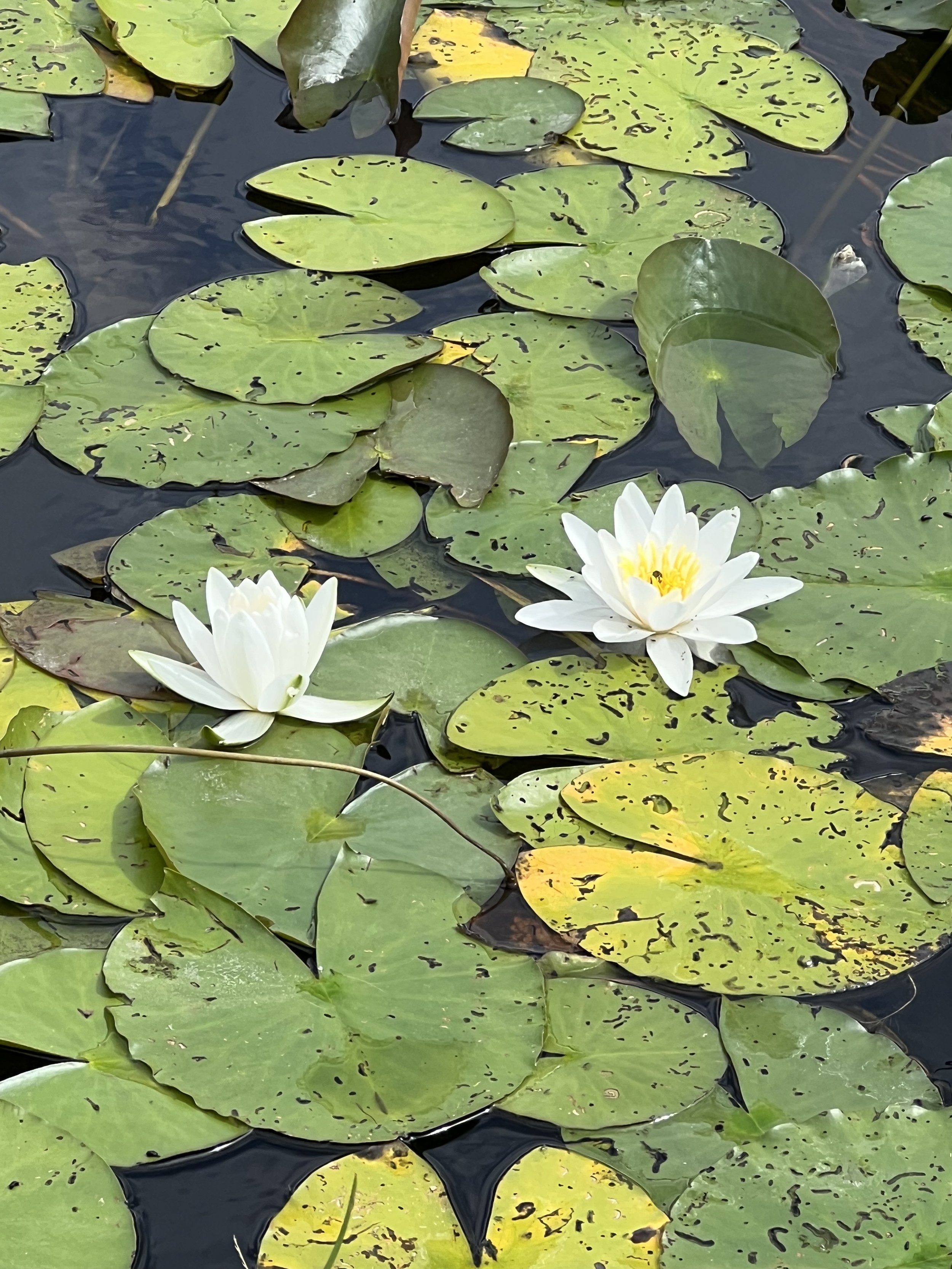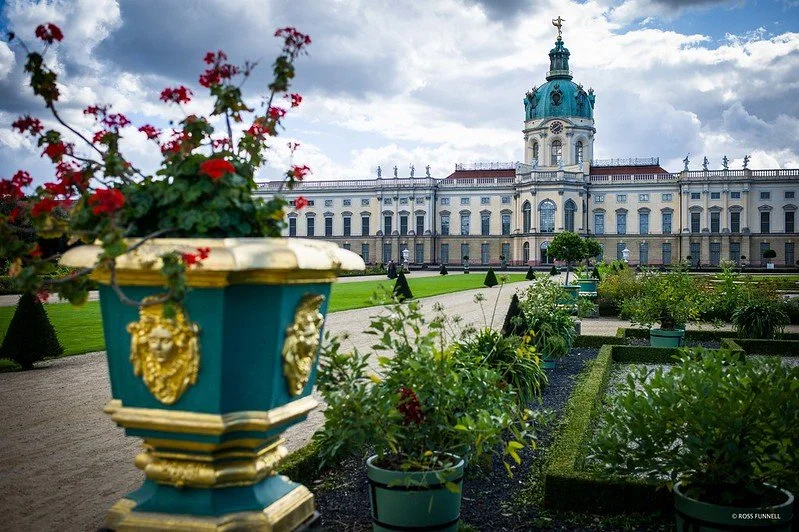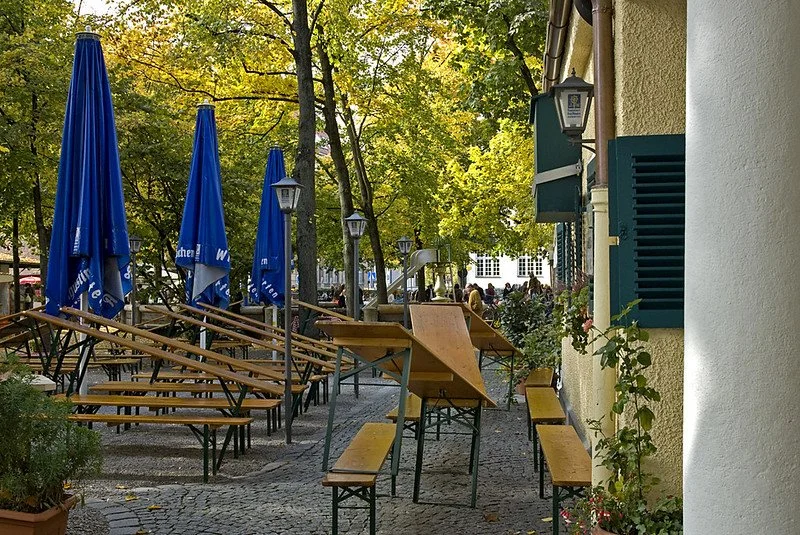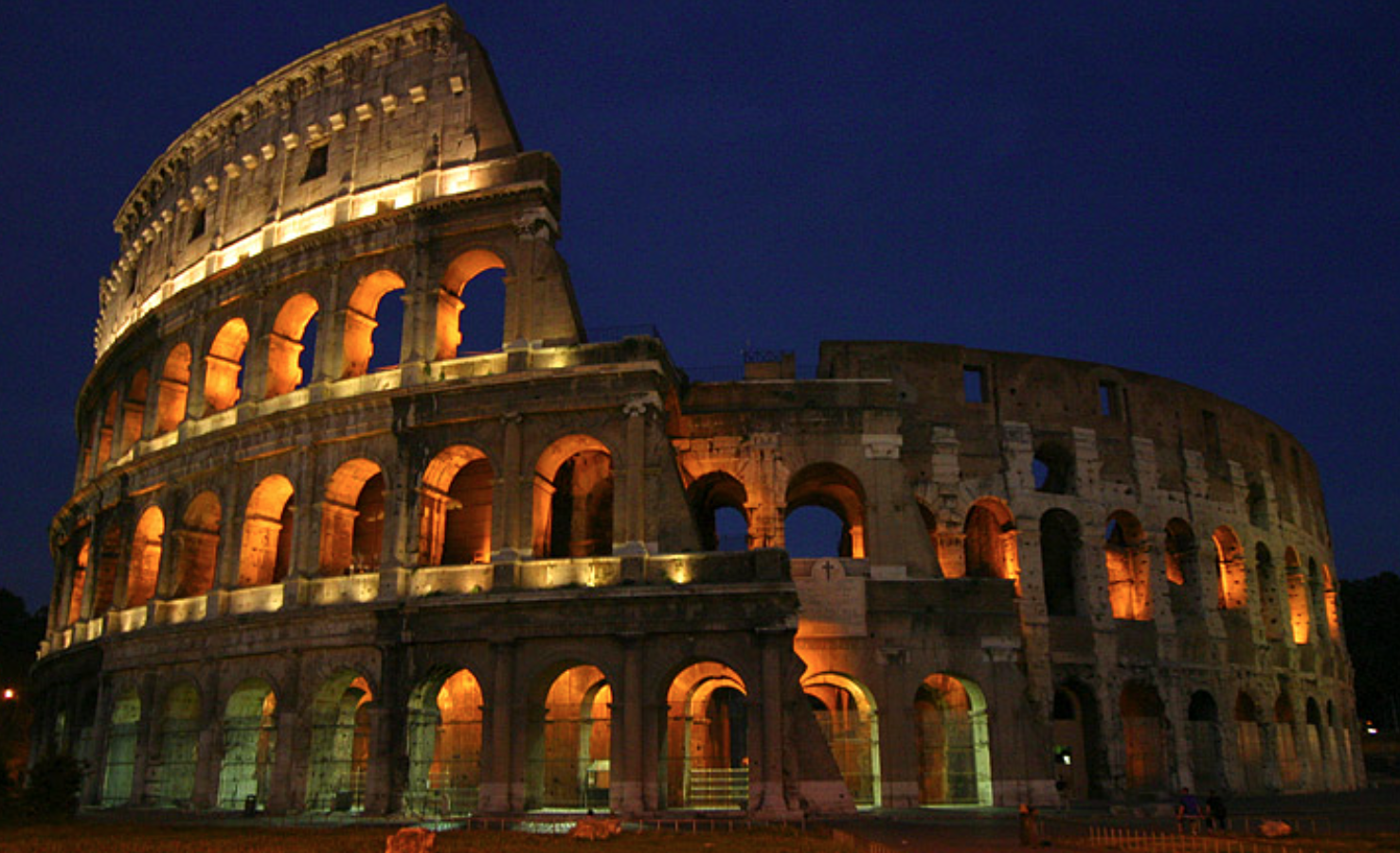Caroline Island can give us a look at what coral reefs used to be years ago.
Aerial view of Caroline Island. The TerraMar Project, CC BY 2.0
One of the saddest truths about global warming is just how much damage it has done to our oceans. Recent estimates have suggested that around 50% of the world’s coral reefs have been bleached or killed in the last 30 years, and up to 90% stand to die off this century. There are almost no unspoiled reefs left anywhere on the planet.
Enter Caroline Island. A small archipelago in the Pacific Ocean owned by the Republic of Kiribati, Caroline Island (also known as Millennium Island) is home to one of the last pristine coral reefs in the world. Close to 100% of the coral is still alive, and fishing is illegal for roughly 12 miles in all directions from its shores.
As a result of these protections the reef has become a nursery for a wide variety of fish species, including the extremely-exploited blacktip reef shark and the critically endangered Napoleon wrasse. Green sea turtles, one of only seven such species on the planet, use the shore of Caroline Island for nesting. The shoreline is also a rich breeding ground for the endangered coconut crab, as well as many species of hermit crab and lizard.
In addition to the beautifully preserved reef, Caroline Island itself has remained largely untouched. The Republic of Kiribati declared all of the island’s animals as protected back in 1979, and various proposals to construct resorts have been summarily dismissed by the government. Recent estimates have suggested that around 90% of the island is still entirely vegetated. This has made Caroline Island and the surrounding islets into crucial hatcheries for many seabird species.
The most surprising part about Caroline Island, however, is that humans actually use the land regularly. Several homesteads have been constructed there, and the island is a prime location for both guano mining and the collection of copra, or coconut meat. Throughout history, the island has changed hands many times (between Portugal, England, Japan, and eventually Kiribati), but very little of the land was actually used.
Tourism to Caroline Island is limited as a result of Kiribati’s focus on protecting the land. Kiribati’s tourism slogan reflects the country's nature-oriented values—in their words, Kiribati is “for travelers, not tourists.” The Kiribati National Tourism Office states that the islands are much more suited to exploration than relaxation—there are no fancy resorts, shops or bars, and the experiences that the islands offer are focused around discovering the natural splendor of some of the last remaining pristine island environments on the planet.
Some of the larger islands do have small hotels and other accommodations, which can be booked through the official Kiribati tourism site. Prices for accommodations vary depending on the season and which island you’re visiting, and most of the experiences available on the islands (such as scuba diving and surfing) can be scheduled by contacting the coordinators of those events directly.
Ryan Livingston
Ryan is a senior at The College of New Jersey, majoring in English and minoring in marketing. Since a young age, Ryan has been passionate about human rights and environmental action and uses his writing to educate wherever he can. He hopes to pursue a career in professional writing and spread his message even further.

